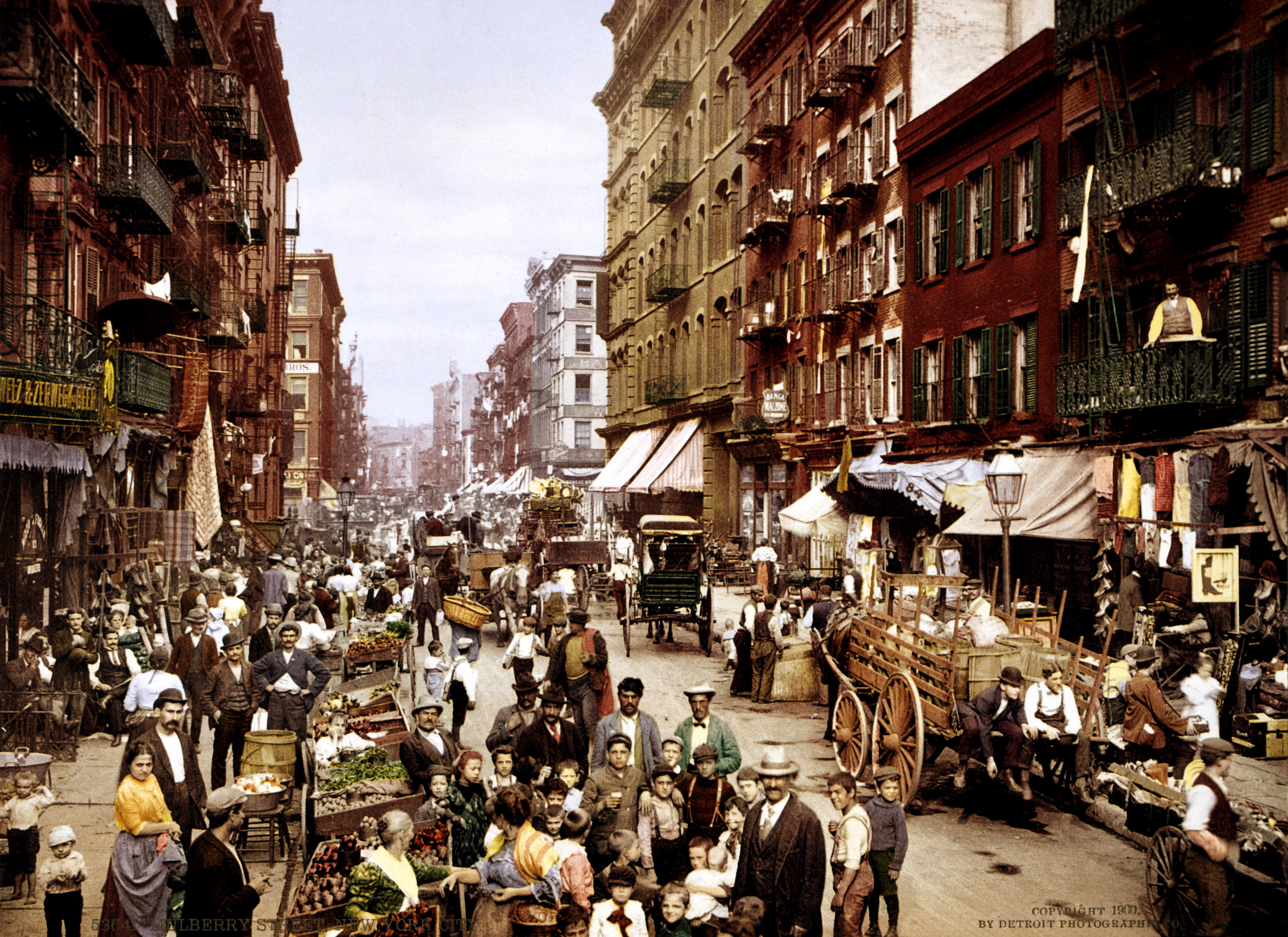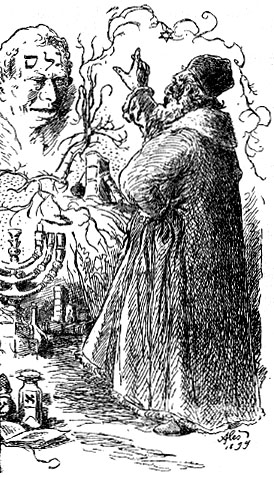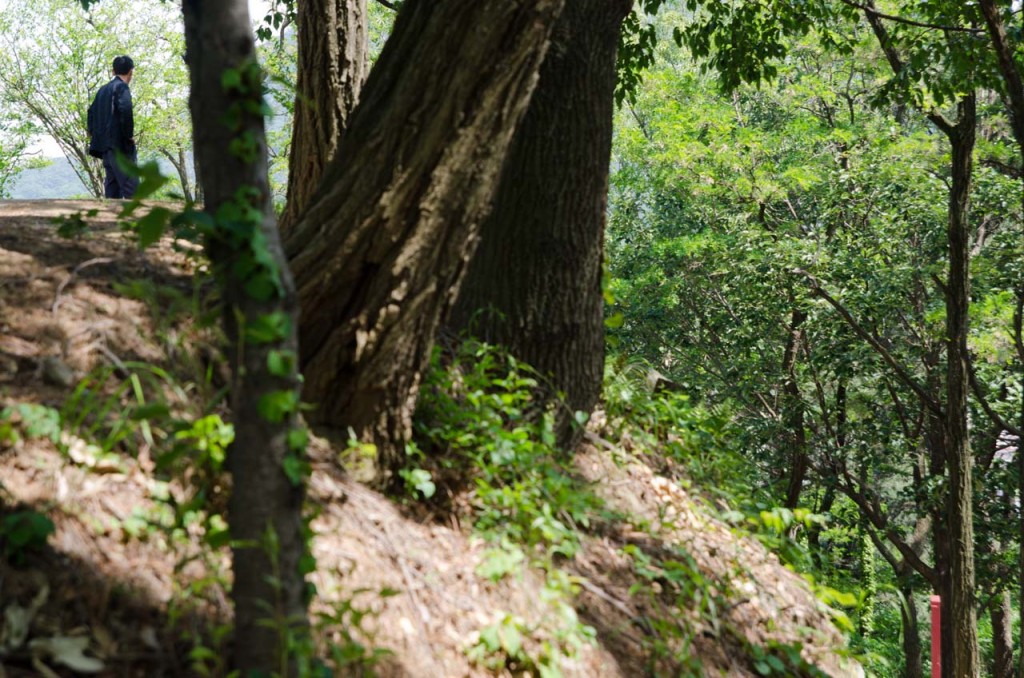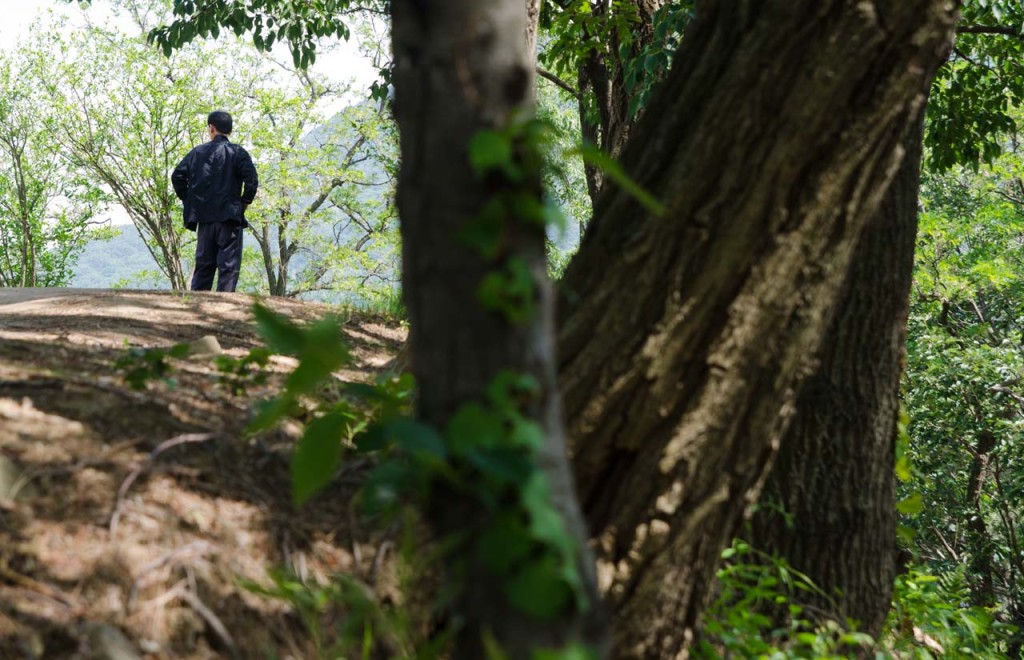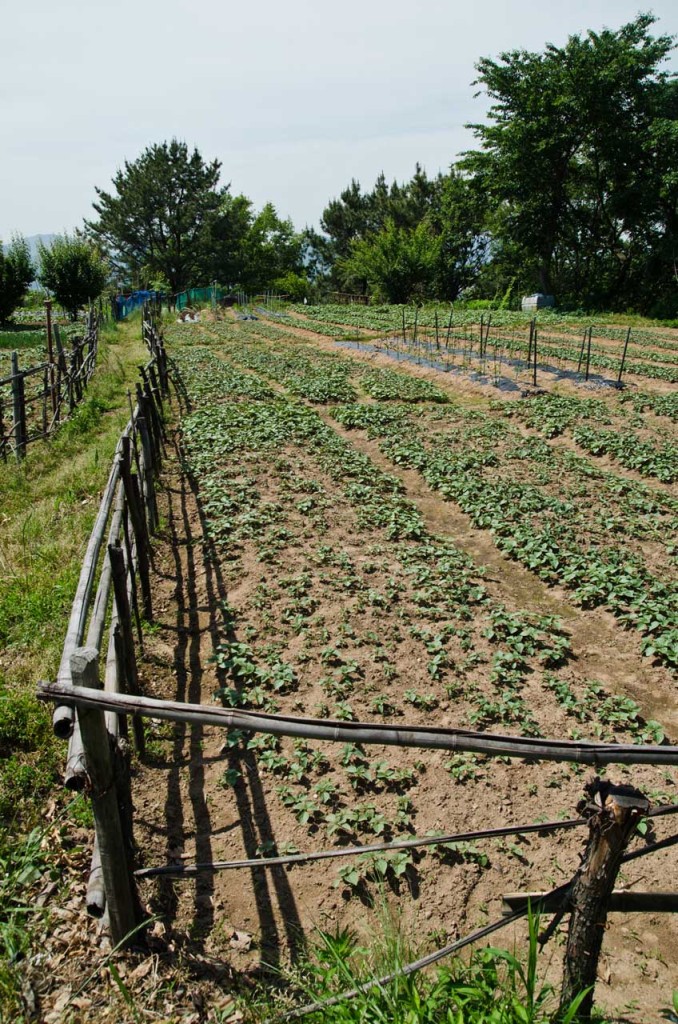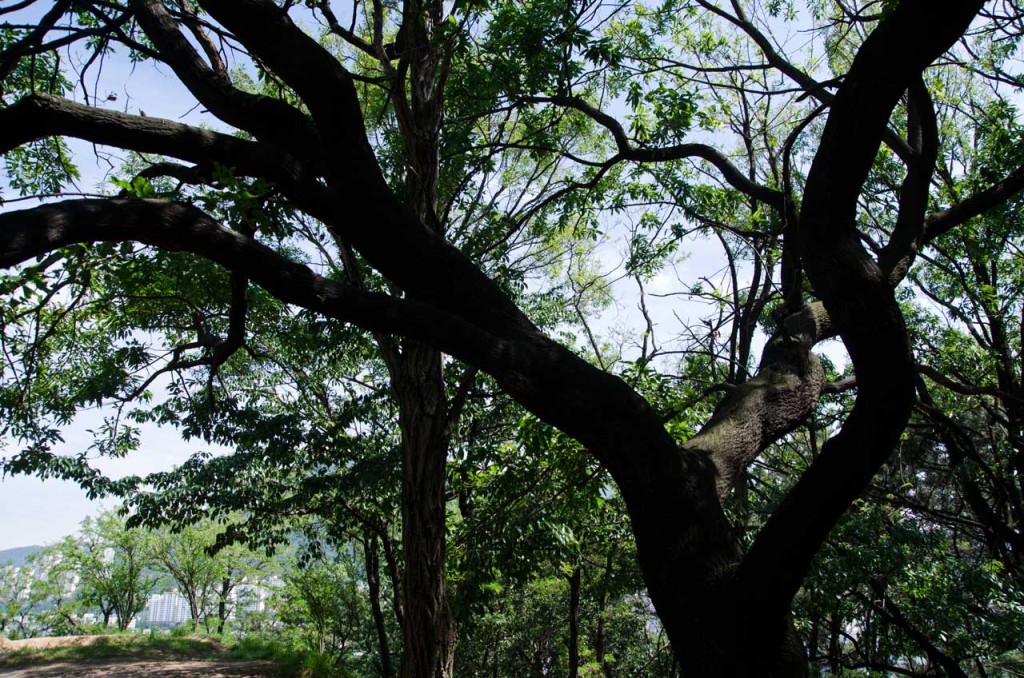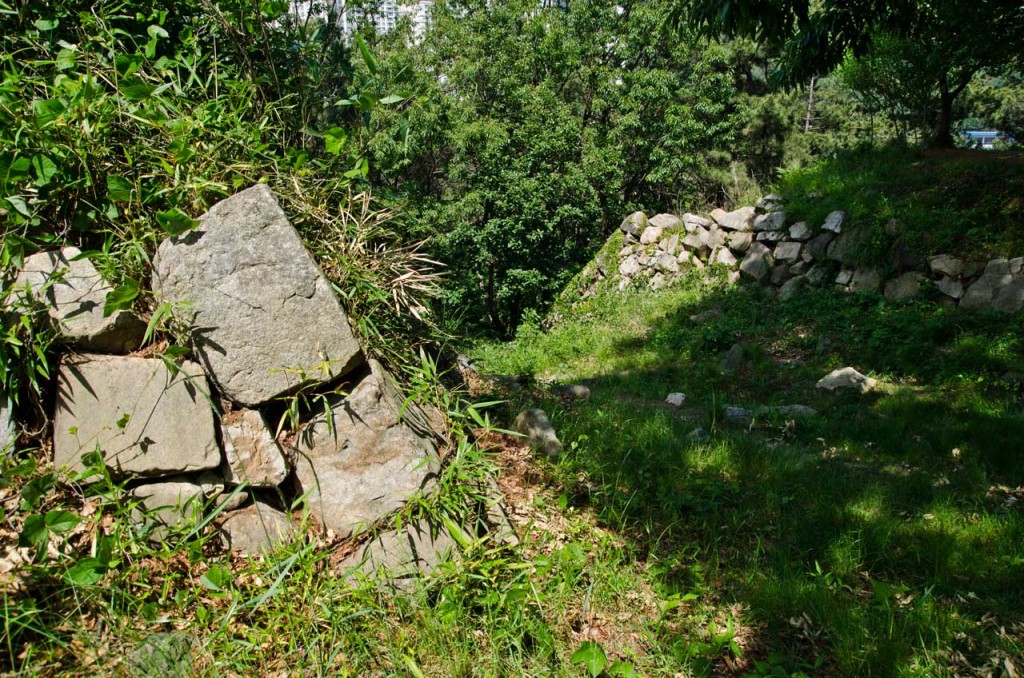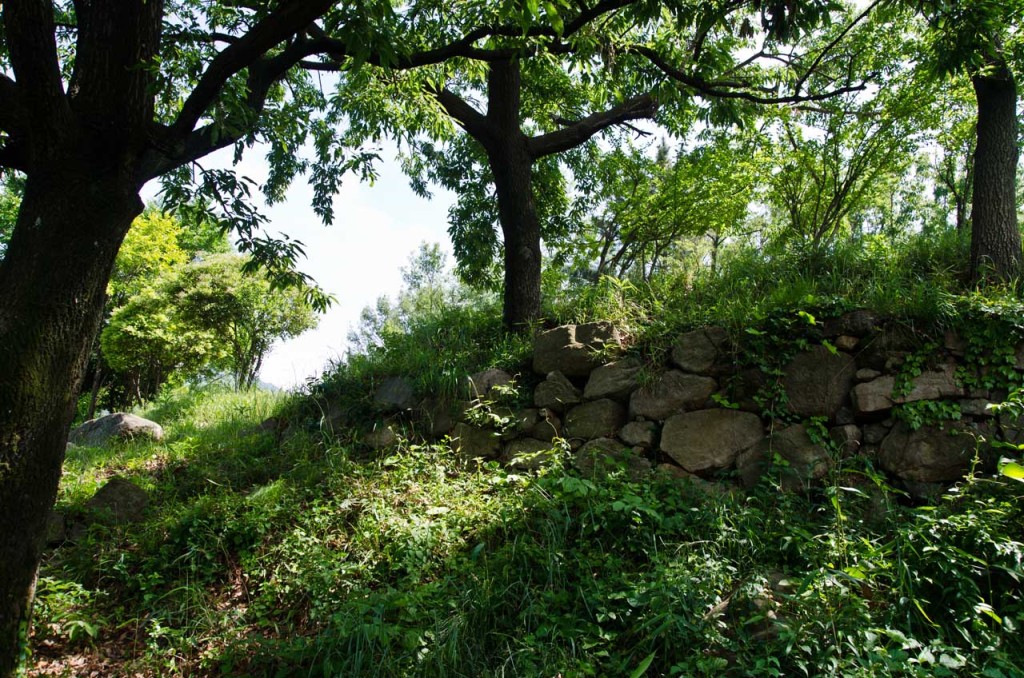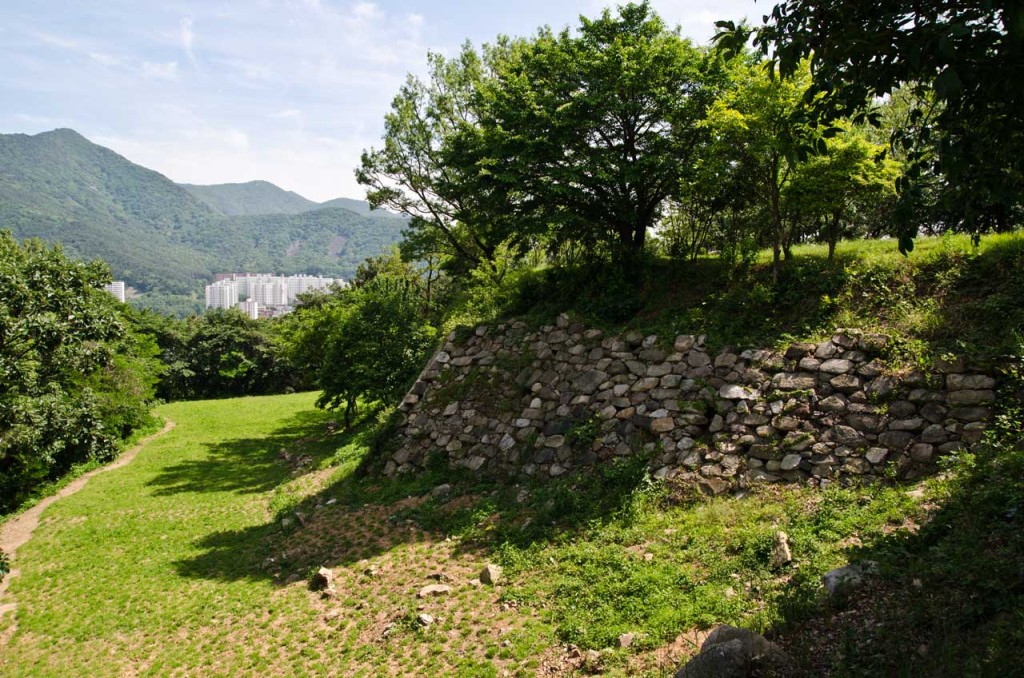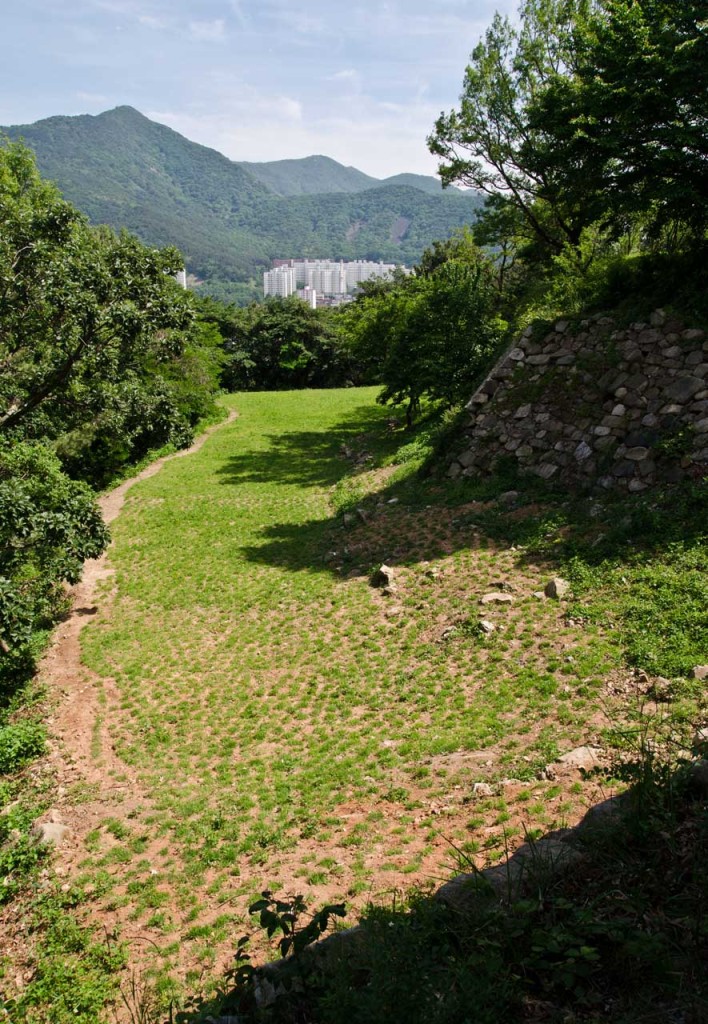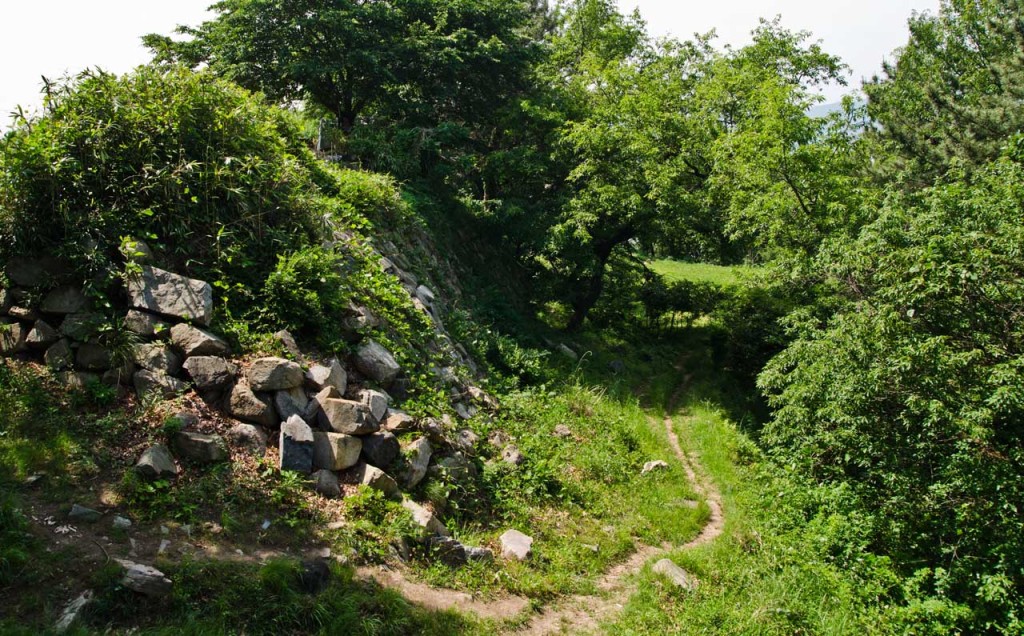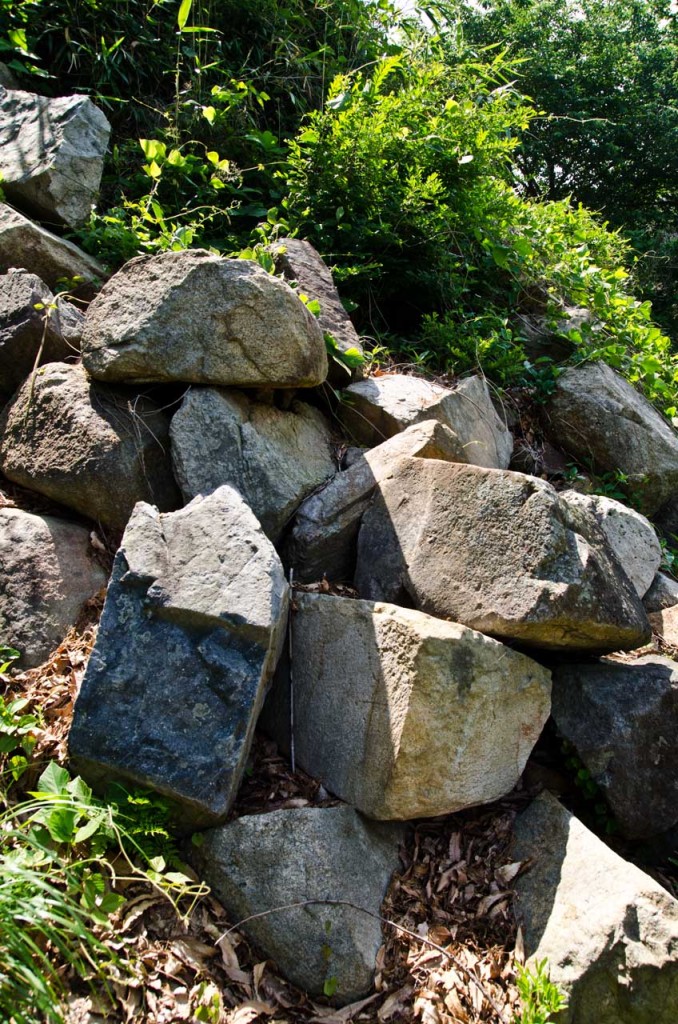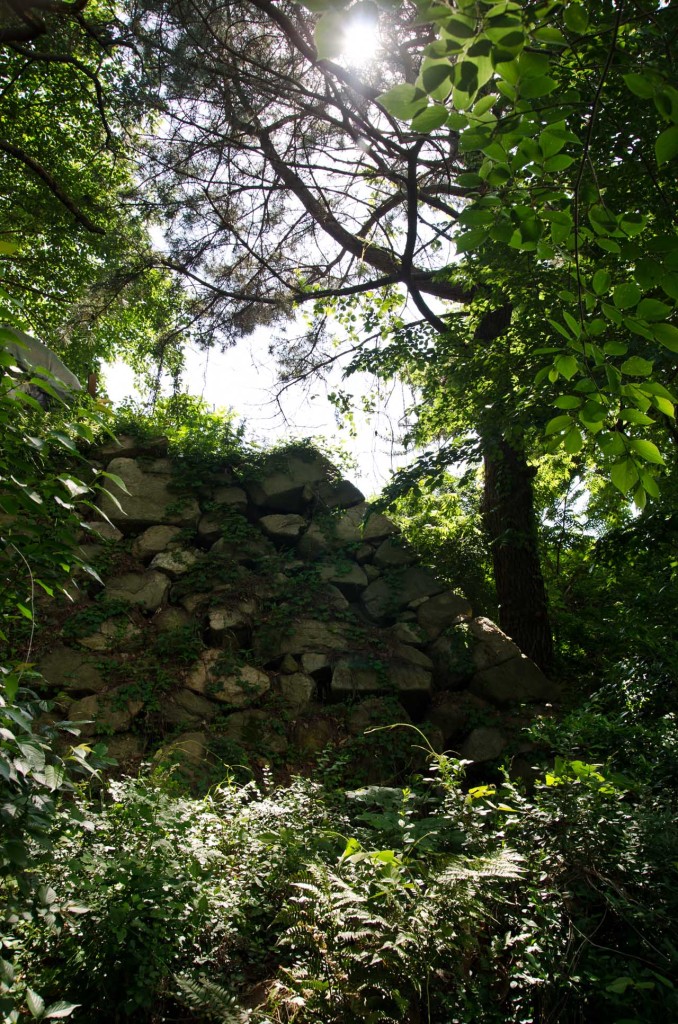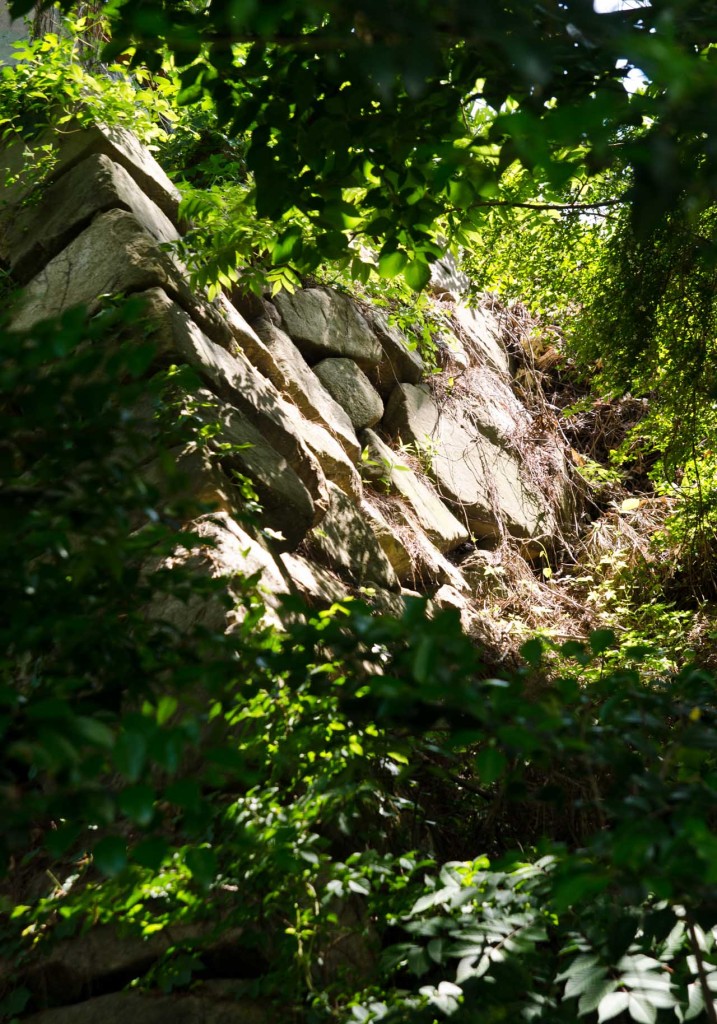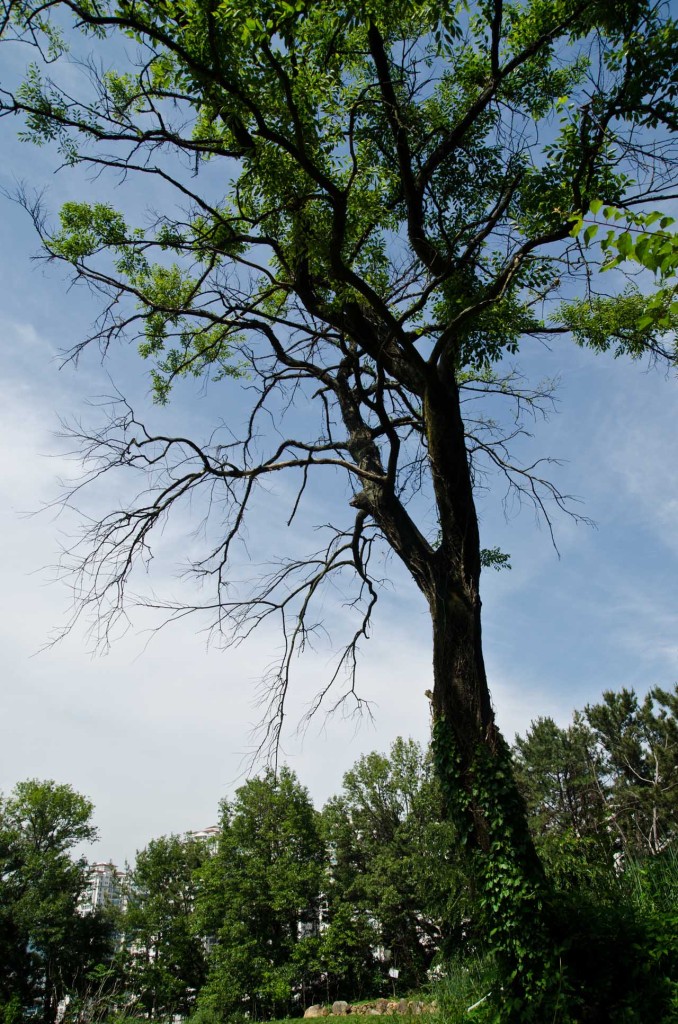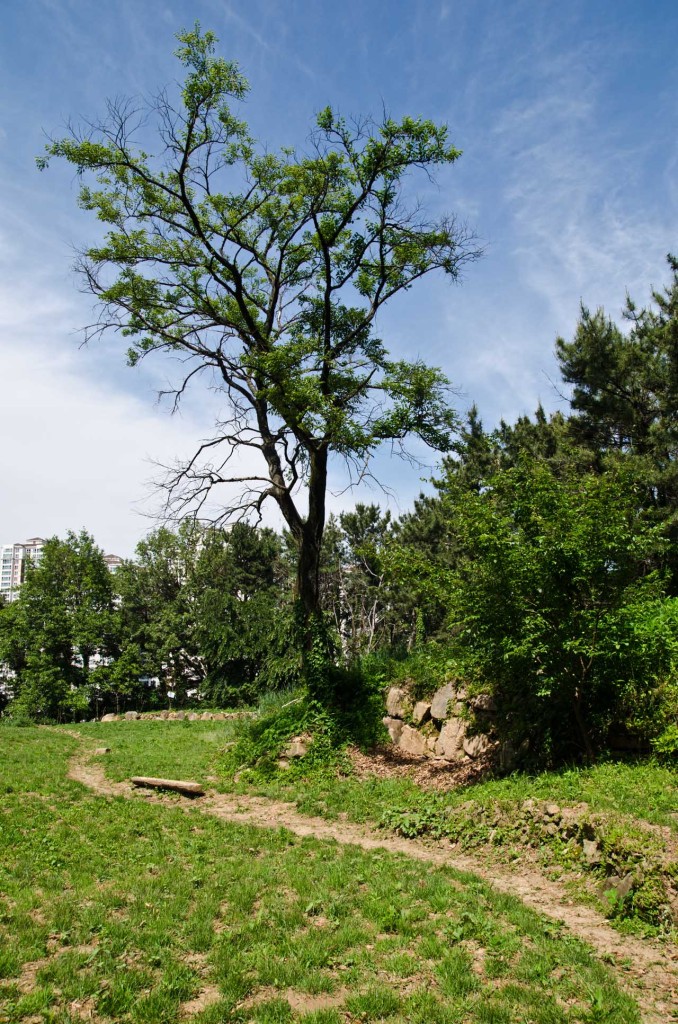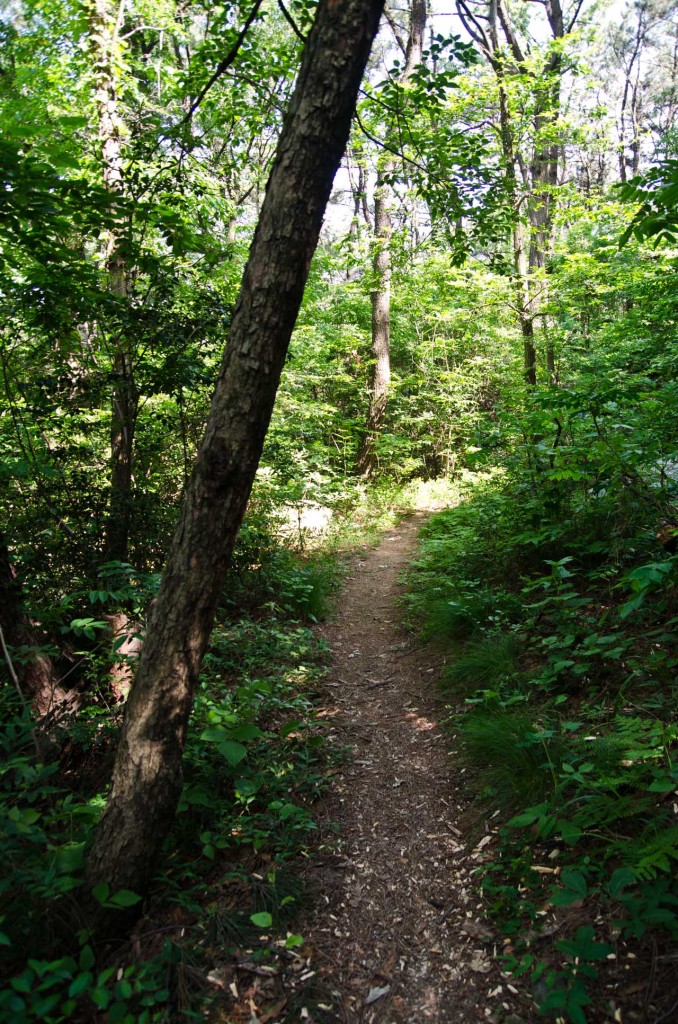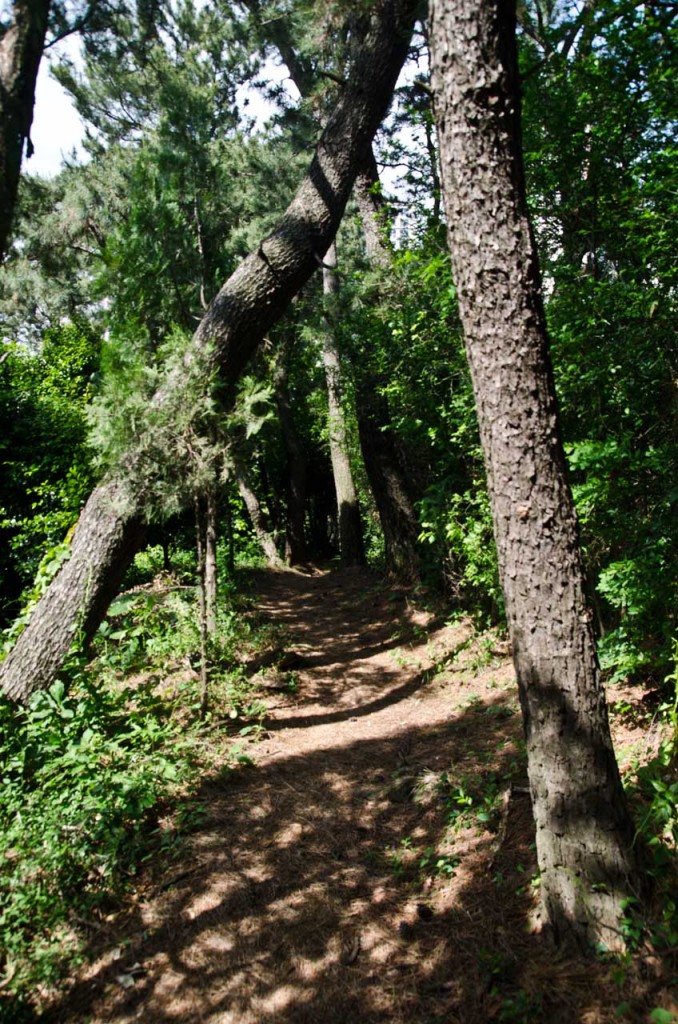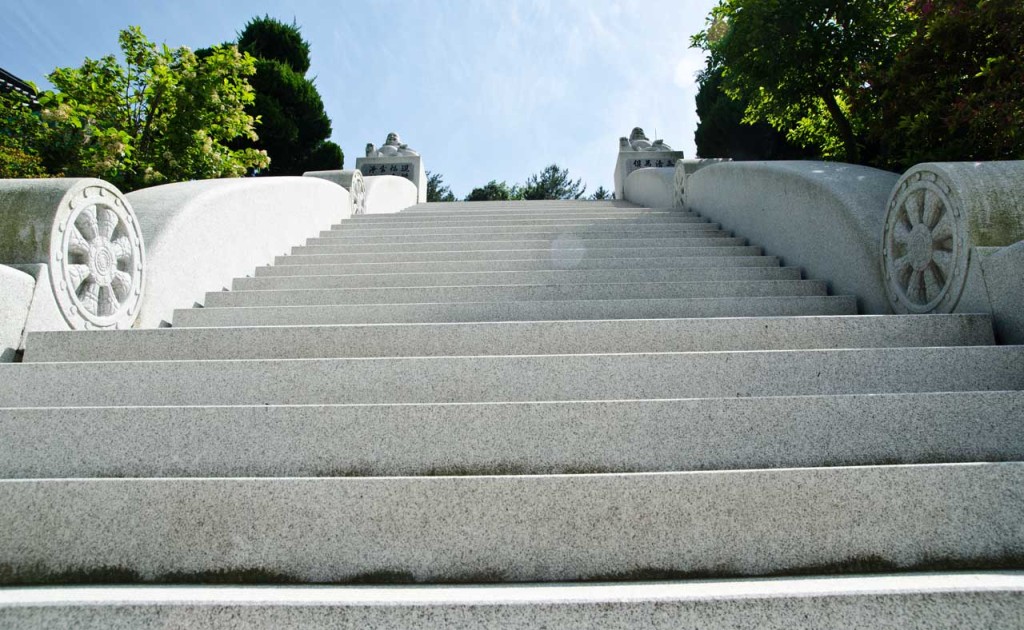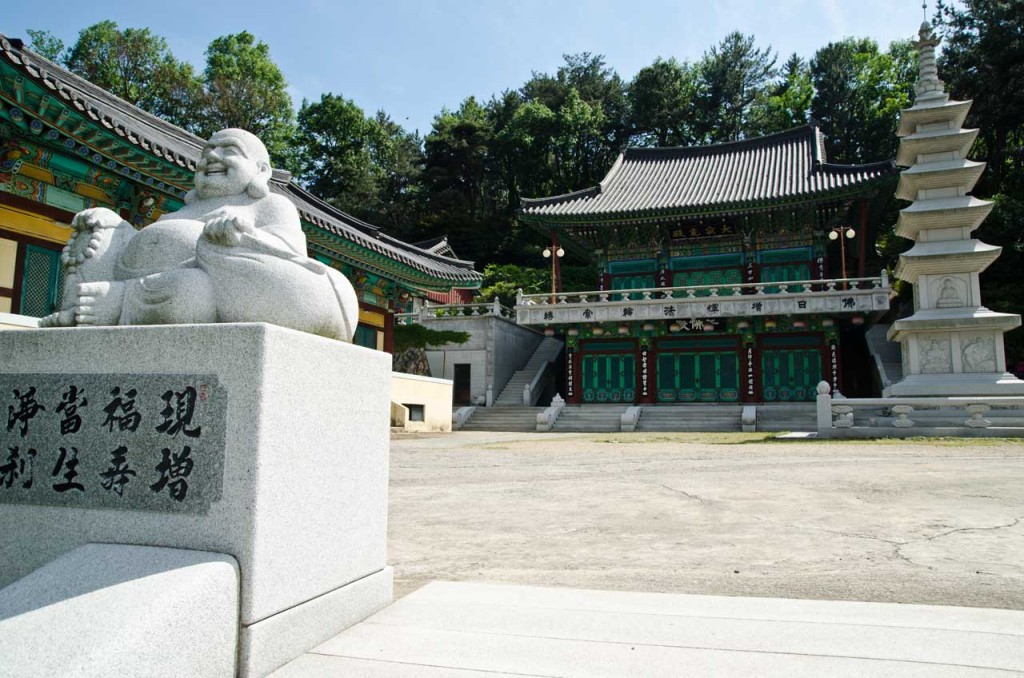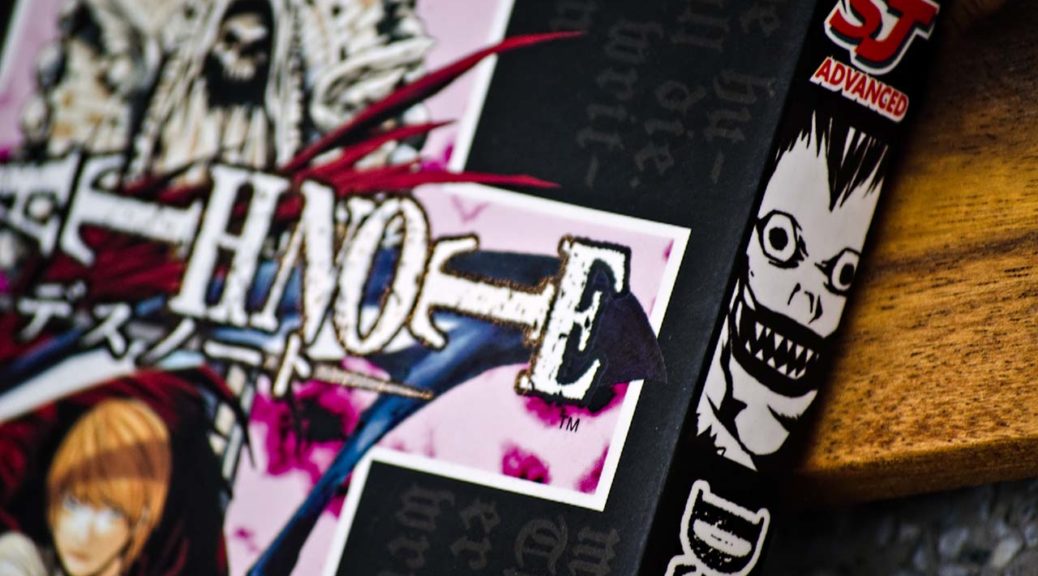
Tag Archives: japan

Ran 乱
Watched 乱 Ran (1985) Akira Kurosawa
To read: King Lear
See: 毛利元就 Mōri Motonari
See 戦国時代 Sengoku period c. 1467 – c. 1603
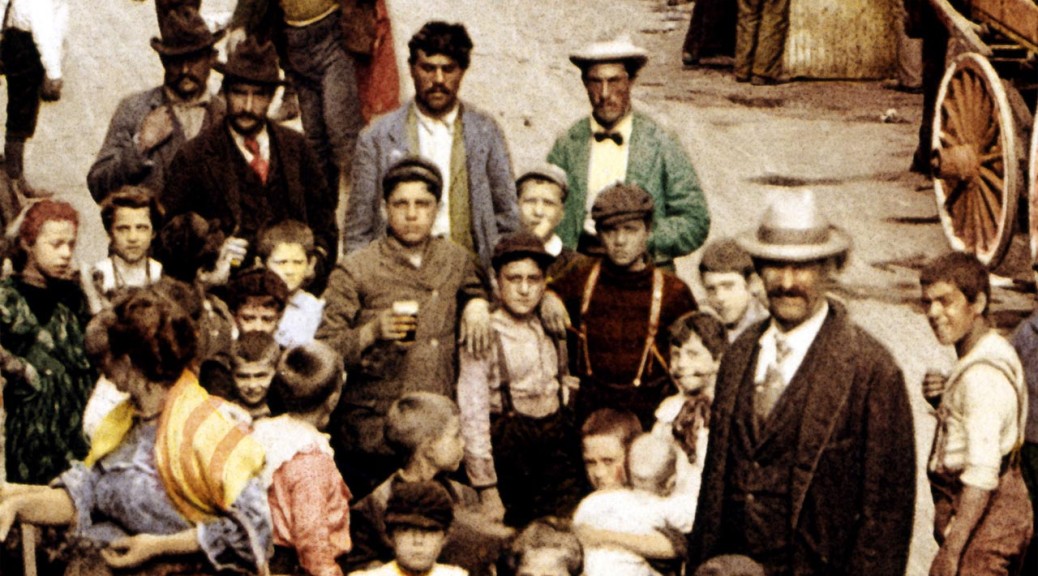
Silence
NY Times The Passion of Martin Scorsese article
To watch Silence (2016):
To read: Silence by Shūsaku Endō (1966)
“As the hours passed, the room, already dark, seemed to diminish around us, until it resembled a screening room, or a chapel, a place where questions of how to live are posed through stories and images.”
“The Italian-American Catholicism of the area was centered on street processions devoted to saints brought over from the old country: San Gandolfo for the Sicilians on Elizabeth Street, San Gennaro for the Neapolitans on Mulberry Street.”
To read: Don DeLillo
“As the hours passed, the room, already dark, seemed to diminish around us, until it resembled a screening room, or a chapel, a place where questions of how to live are posed through stories and images.”
“The Italian-American Catholicism of the area was centered on street processions devoted to saints brought over from the old country: San Gandolfo for the Sicilians on Elizabeth Street, San Gennaro for the Neapolitans on Mulberry Street.”
“Spiritual Exercises” of St. Ignatius of Loyola (founder of the Jesuits)
“The exercises, devised in the 1520s, invite the “exercitant” to use his imagination to place himself in the company of Jesus, at the foot of the cross, among tormented souls in hell.”
To read: Spiritual Exercises of Ignatius of Loyola (1522–1524)
Jesuit poet Gerard Manley Hopkins
To watch again The Mission (1986) Roland Joffé
“A.O. Scott, now a chief film critic for The New York Times, once wrote that Scorsese approaches filmmaking as “a priestly avocation, a set of spiritual exercises embedded in technical problems.””
To watch Boxcar Bertha (1972), After Hours (1985), The Color of Money (1986)
To read: The Last Temptation of Christ (1955) by Nikos Kazantzakis
To watch again The Last Temptation of Christ (1988)
“Like the novel, the picture interrogates the very idea of Christian martyrdom, by proposing that there are instances when martyrdom — the believer holding fast to Christ to the bitter end — is not holy or even right. It makes in the way of art the arguments made in defense of “Last Temptation”: that an act can’t be fully understood if the intentions behind it aren’t taken into account, and that a seeming act of profanation can be an act of devotion if done out of an underlying faith.”
“He will go to hell — but he will go to hell for their sake.”
To watch: La Strada (1954) Federico Fellini
•
bitacora. dic. 1
I wake up. Tiny claws scratching the wooden floor. A tongue lapping at the water. The dogs are ready to eat. Boil the water. Soften the food. I put Yolo in the pen. He demands to be set free. Chocolino come here. Treat time. Choco sit, down, beg, spiiiiiin, down, gidaria, eat. Repeat five times. Then his plate. Down. Gidaria. Eat. He wolfs it down.
Out the door. Elevator from the 5th floor to the first. The morning sun is bright. The city has already had a few hours to get started. I wait for 155.
The 155 is almost empty. I sit at the back on one of the single seats, and continue reading The Sound and The Fury. The 155 travels east. We cross the Suyeong at Millak. I look down at the water and try to come up something pretty. Nothing comes up. Just water moving toward more water. In India it would be spiritual. People get off at Centum. We turn north. I read. We turn at Jaesong and climb up toward Jangsan mountain. I hear the bus shift gears. People get off and on. A blue and white bus with red numbers driving up a city built on a mountain slope on a sunny morning in Korea. The market at Banyeo samdong, people with grocery bags, people reading their phones. We descend into Banyeo ildong. The view opens and a large slice of city appears framed by pine forests at each side, rows of tall monolithic white buildings beyond the basin of the Suyeong. The spine of the Geumjeongsan still green. The mountain disappears behind older and smaller houses. We enter Banyeon ildong. Narrow streets. A blue work truck parked at a tight corner. Honking. I read. We turn. The bus gathers speed. I hear the bus shift gears. We careen down the strip until the overpass. The whiny bell announces a passenger stop. An old lady with curly hair waddles to the backdoor holding the handrails as if enjoying an adventure at a moving jungle gym. I get off at the elementary school. The yellow leaves of the unheng tree strewn on the sidewalk. I think of my dad and how once as a kid I pretended to be a blind boy or an old man, using an imaginary cane to prod my way around the subsuelo hallway of the hotel. My dad frowned and asked me, ¿te haci de ciego o de viejo? I pondered the question. I looked at the corral my dad had been chatting with before he’d decided to test my morals. His friend looked back at me, grinned and waited for my response. I looked at my dad. De viejo, I said. Ah, bien, porque algun dia vai a ser viejo. I buy an ice americano at Amico for 2,500 won. The lady that made it hands it to me and bends the end of my straw so I won’t have to. I sip and exit the coffee shop.
Mifune
To watch: Mifune: The Last Samurai (Stephen[Steven] Osaki, 2015/2016)
“The director was maniacal enough to have amateur archers shoot hundreds of real arrows at his star, and Mifune was dedicated enough to abide that.”
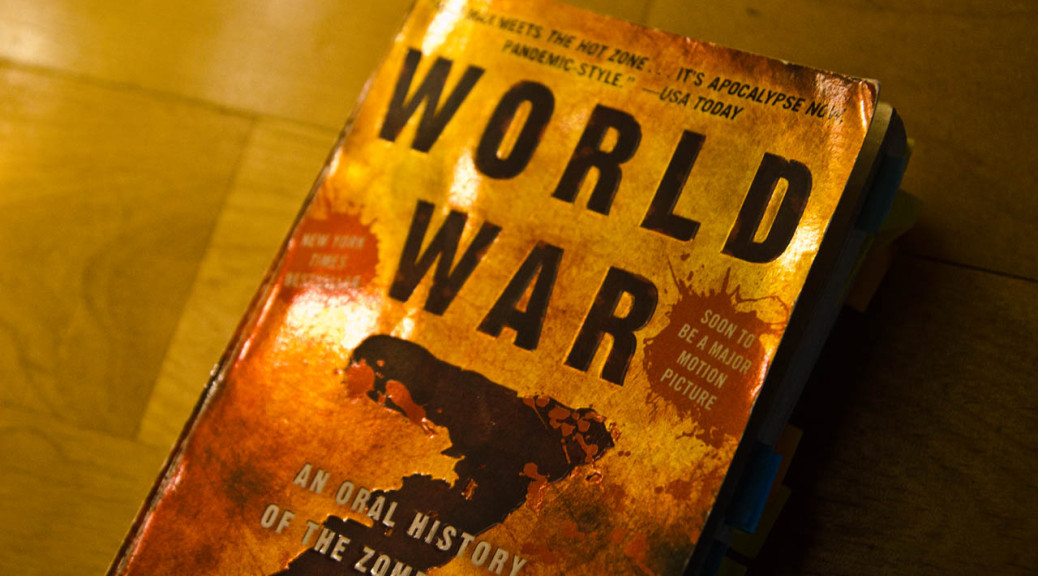
World War Z
Brooks, Max. World War Z: An Oral History of The Zombie War. New York: Broadway, 2006. Print.
Fengdu (city of ghosts) 豐都鬼城
Old Dachang
Monasteries at Meteora, Greece
Sinai Desert at Taba
Falasha
Ship breaking at Alang, Gujarat, India
“Pakistan’s south central mountains: the Pab, the Kirthar, the Central Brahui range.” p. 113
List of mountain ranges of Pakistan
Henry J. Kaiser (father of modern American shipbuilding)
Vo Nguyen Giap (General in the Vietnam People’s Army)
Bosozoku 暴走族 Japanese motorbike subculture
Haya-ji Shinto wind god
Fujin Shinto wind god
Winston Churchill “Democracy is the worst form of government, except for all the others.”
To read: All Quiet on the Western Front by Erich Maria Remarque
The Ossuary and Port-Mahon Quarry
Kumiko
Watched Kumiko, the Treasure Hunter (2014). Dir. David Zellner. DP: Sean Porter. Music: The Octopus Project.
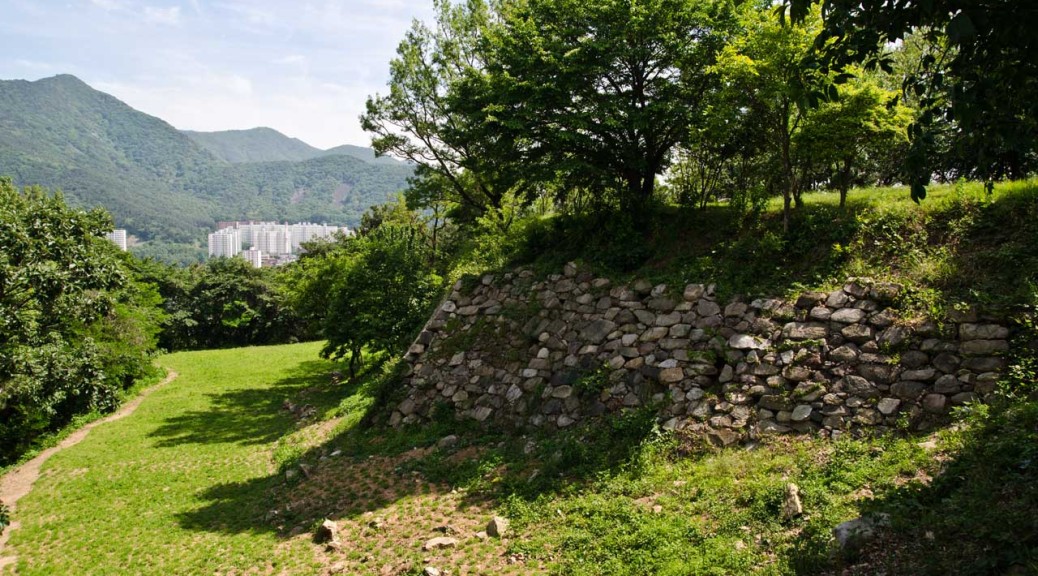
Gupo Fortress | 구포왜성 | 亀浦倭城 (Part II)
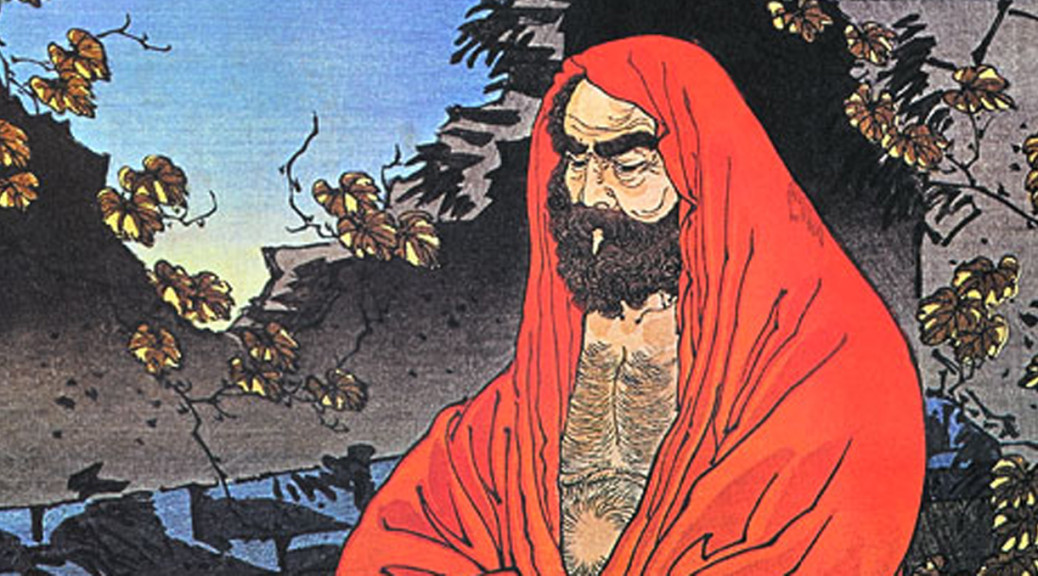
Dalma
Dharma
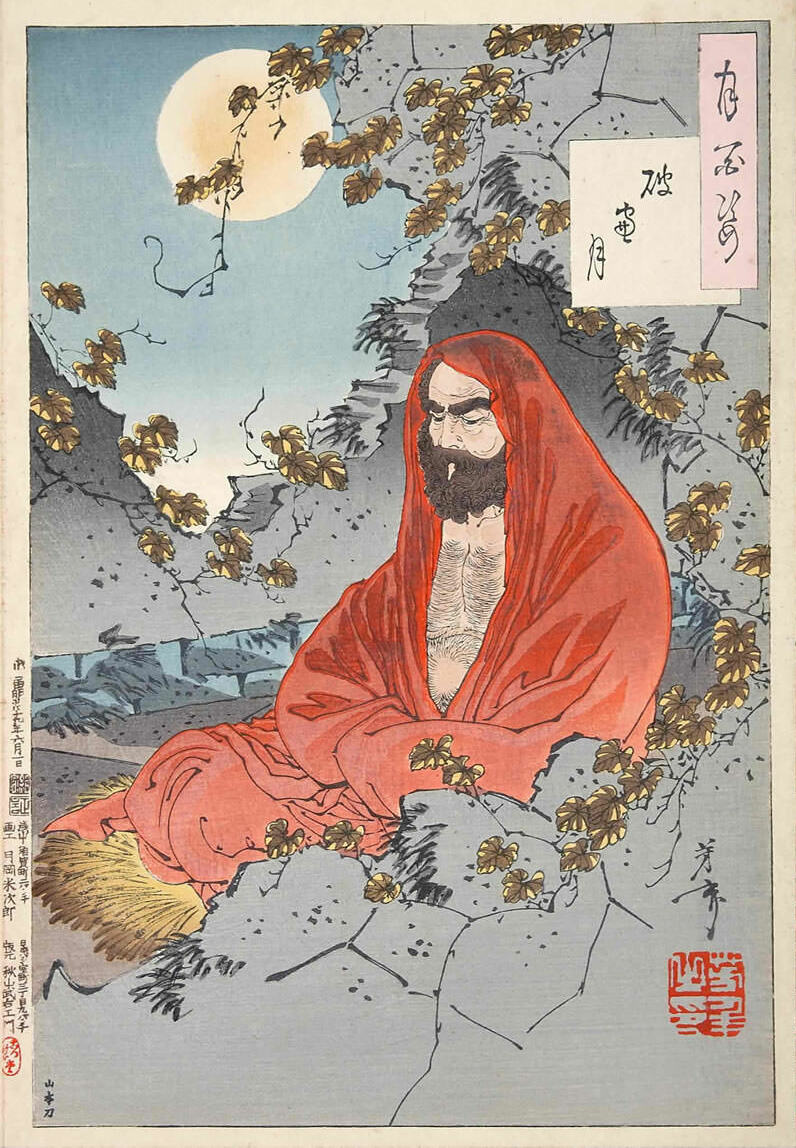
Bodhidharma, by Yoshitoshi, 1887. Via Wikimedia.
Drum Mountain and the phases of life:
Da Mo took a monk’s spade and went with Shen Guang to the Drum Mountain in front of Shaolin Temple. The Drum Mountain is so called because it is very flat on top. Da Mo’s unspoken message to Shen Guang was that Shen Guang should flatten his heart, just like the surface of the Drum Mountain. On this Drum Mountain Da Mo dug a well. The water of this well was bitter. Da Mo then left Shen Guang on the Drum Mountain. For an entire year, Shen Guang used the bitter water of the well to take care of all of his needs. He used it to cook, to clean, to bathe, to do everything. At the end of the first year, Shen Guang went down to Da Mo and again asked Da Mo to teach him. Da Mo returned with Shen Guang to the Drum Mountain and dug a second well. The water of this well was spicy. For an entire year, Shen Guang used the spicy water for all of his needs. At the end of the second year, Shen Guang went back down to Da Mo and asked again to be taught. Da Mo dug a third well on the Drum Mountain. The water of this third well was sour. For the third year, Shen Guang used the sour water for all of his needs. At the end of the third year, Shen Guang returned to Da Mo and agains asked to be taught. Da Mo returned to the Drum Mountain and dug a fourth and final well. The water of this well was sweet. At this point, Shen Guang realized that the four wells represented his life. Like the wells, his life would sometimes be bitter, sometimes sour, sometimes spicy and sometimes sweet. Each of these phases in his life was equally beautiful and necessary, just as each of the four seasons of the year is beautiful and necessary in its own way.
On the discovery of green tea while wall-staring
As he sat in deep concentration, Bodhidharma abruptly realized that in an agonizing instant of fatigue, he had closed his eyes and dozed off to sleep. In anger at his weakness, he savagely tore at his eyes in self disgust, ripping out his eyelids and flinging them to the ground. As the leaf like lids of flesh lay bloody in the dirt, they sprouted miraculously into tea plants. Instinctively, Bodhidharma reached over and plucked a few leaves from the bushes to chew and suddenly felt as “one who awakens.” His mind clear and focused, he resumed his meditation.
From tsiosophy.com
—–
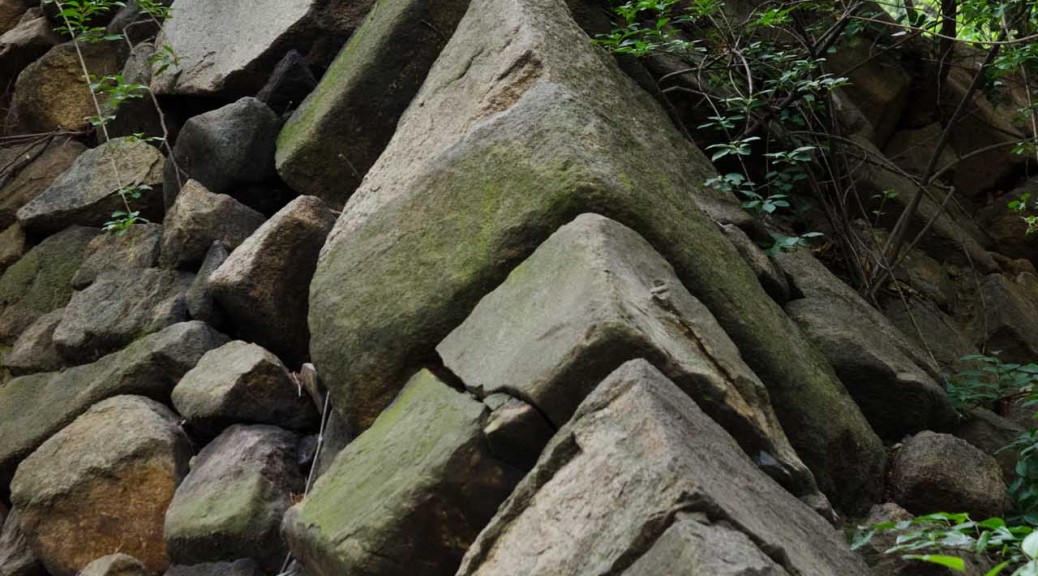
Jaseongdae | 자성대 | 子城臺
Headed over to Busanjin to explore the 400-year-old remains of a Japanese castle.
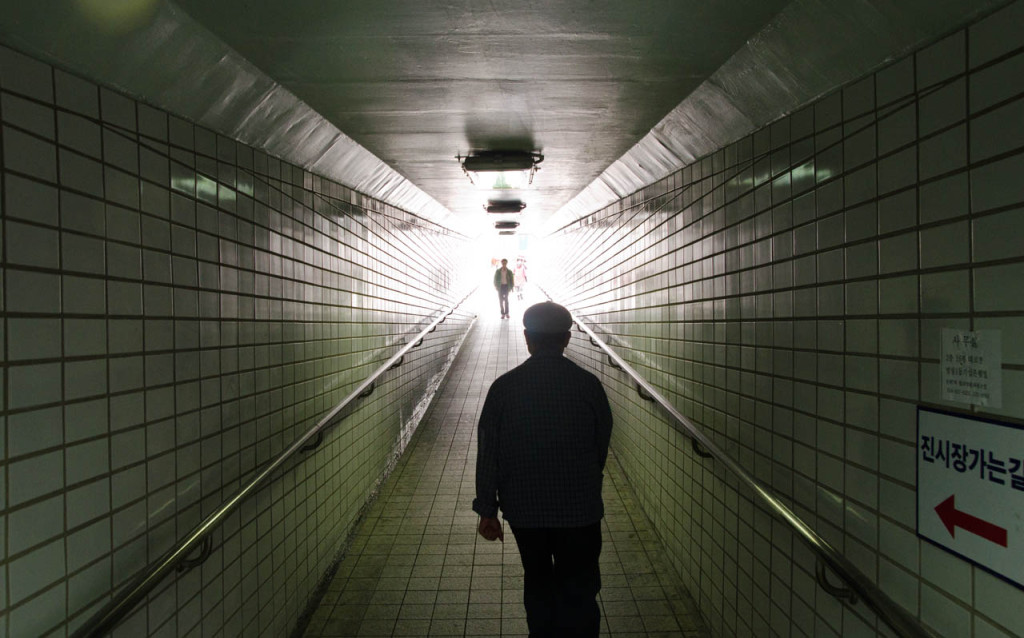 Found lots of walkers.
Found lots of walkers.
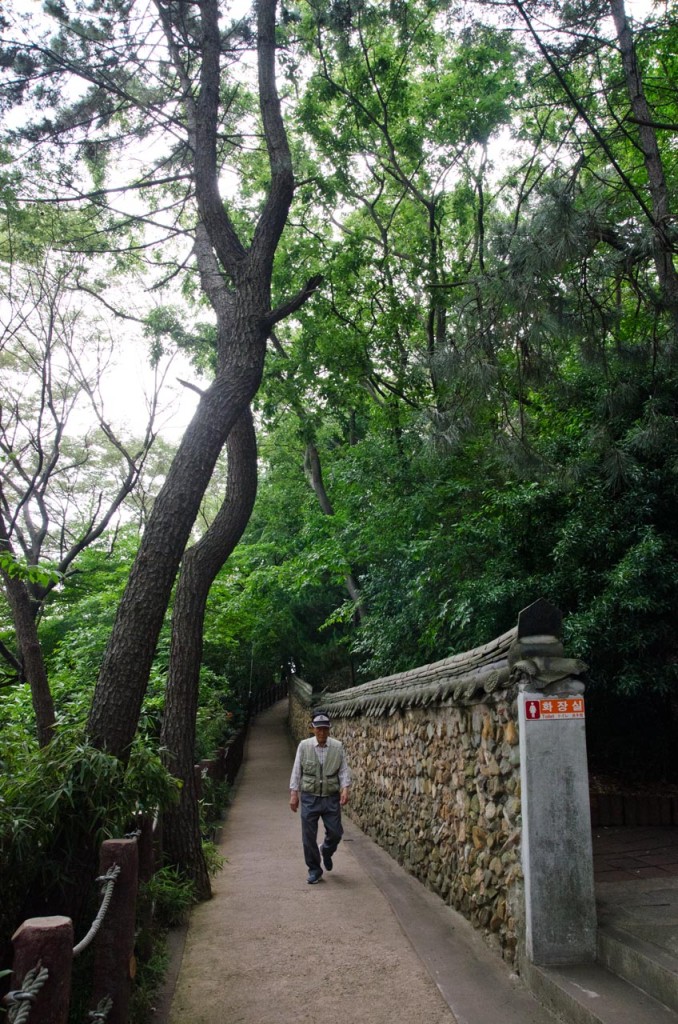
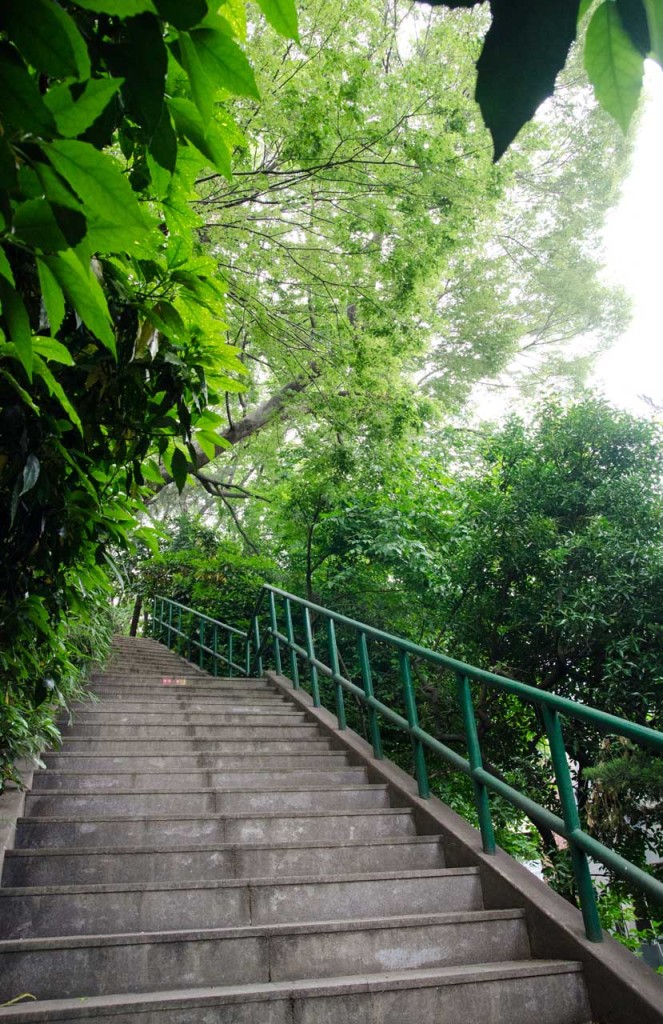 Found a couple of shrines.
Found a couple of shrines.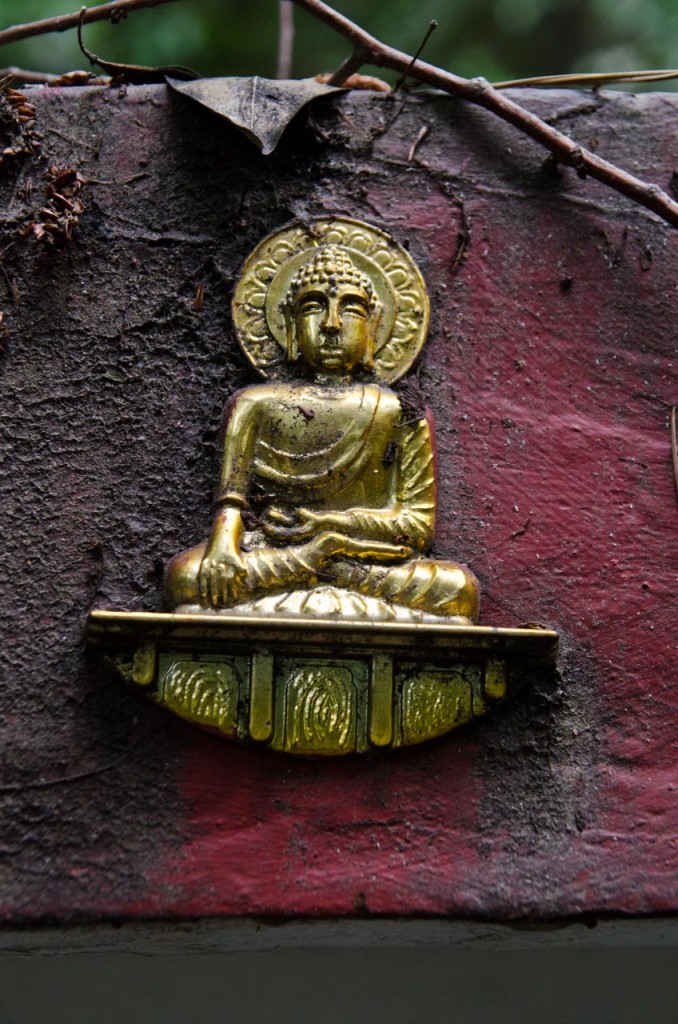
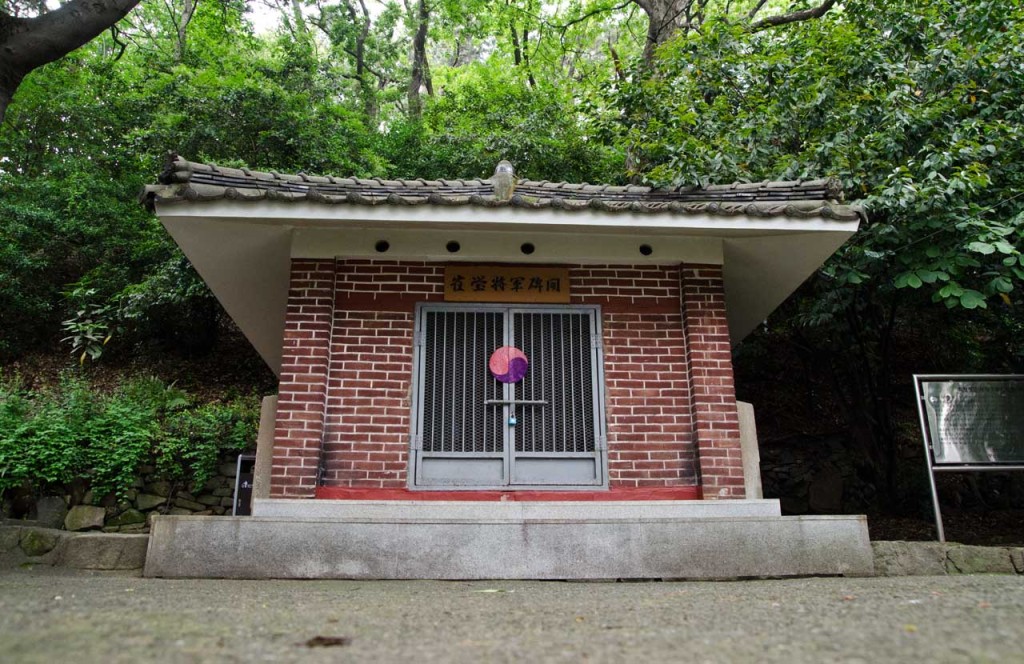
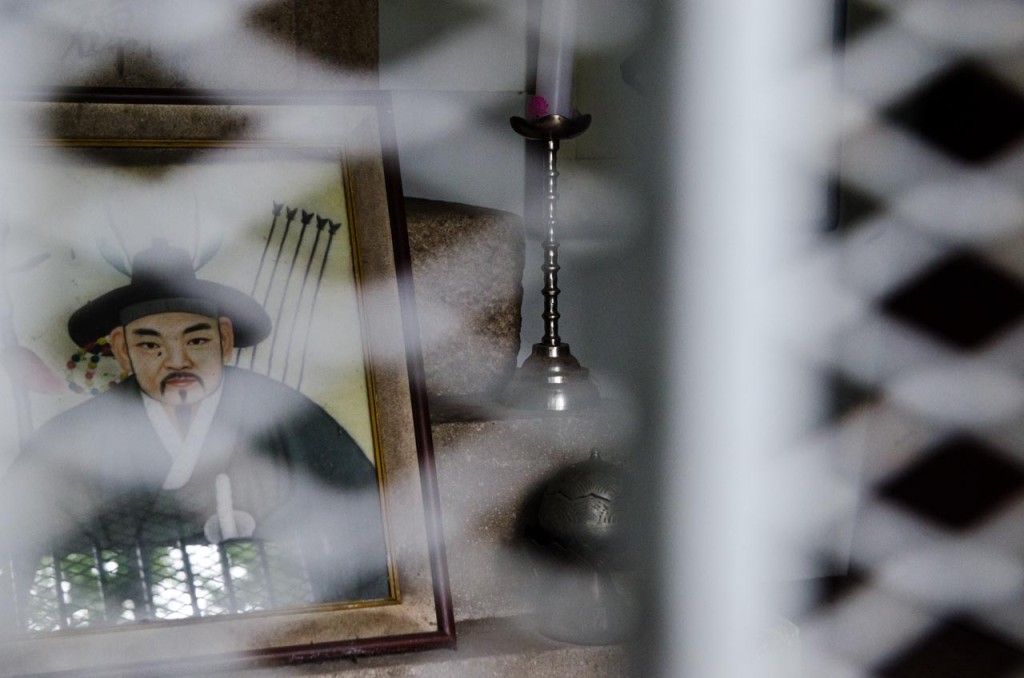 Got off the main path and followed the trail around the hill.
Got off the main path and followed the trail around the hill.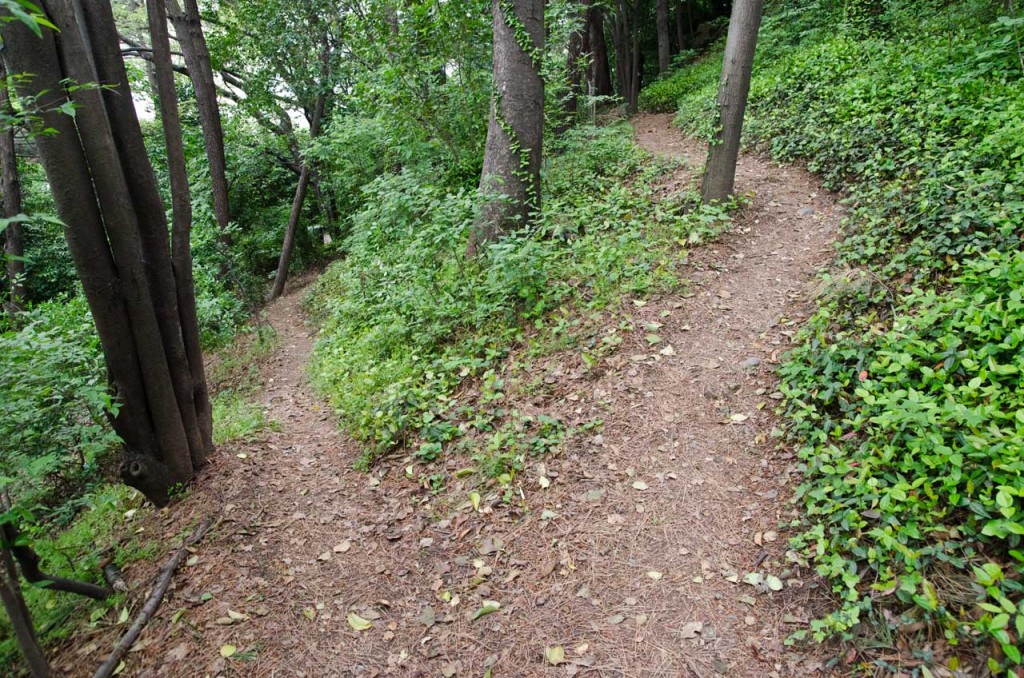 Found Mōri Terumoto‘s fortress walls.
Found Mōri Terumoto‘s fortress walls. 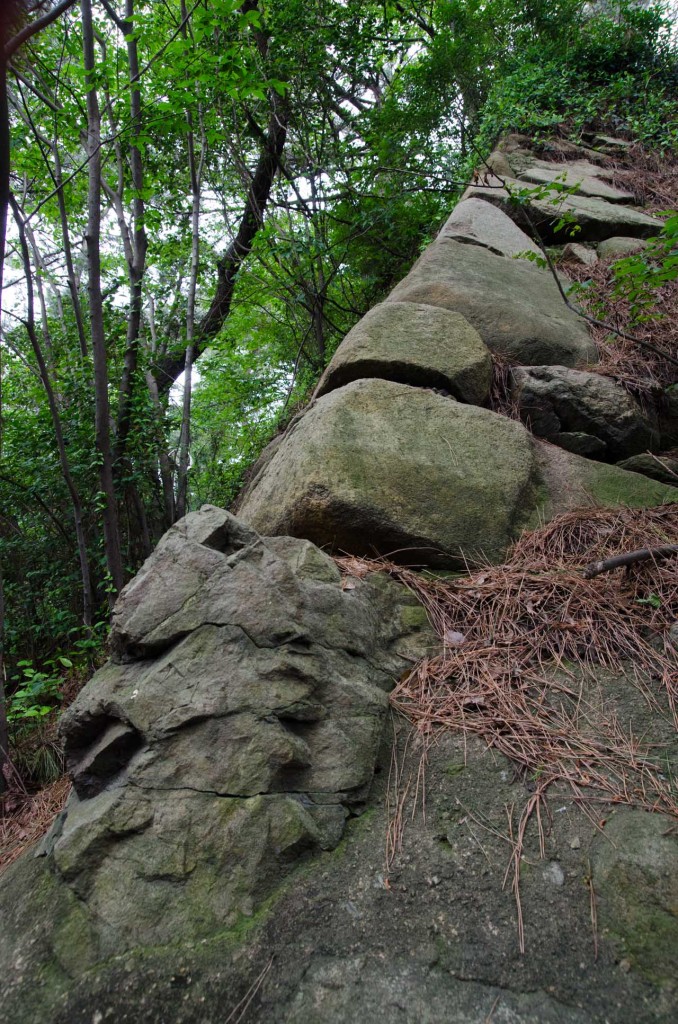
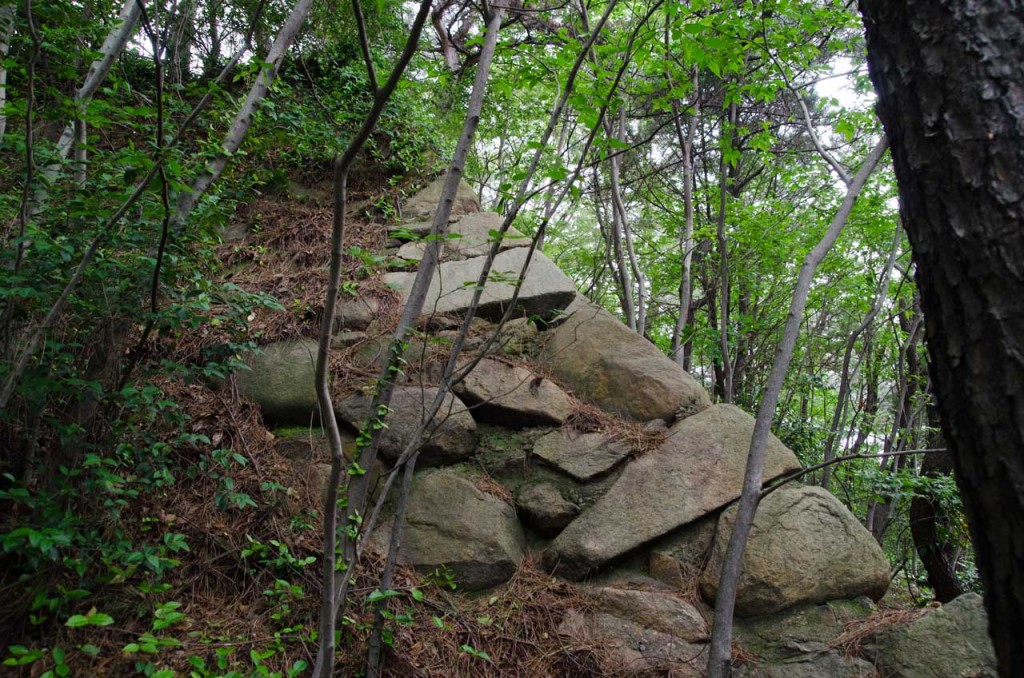
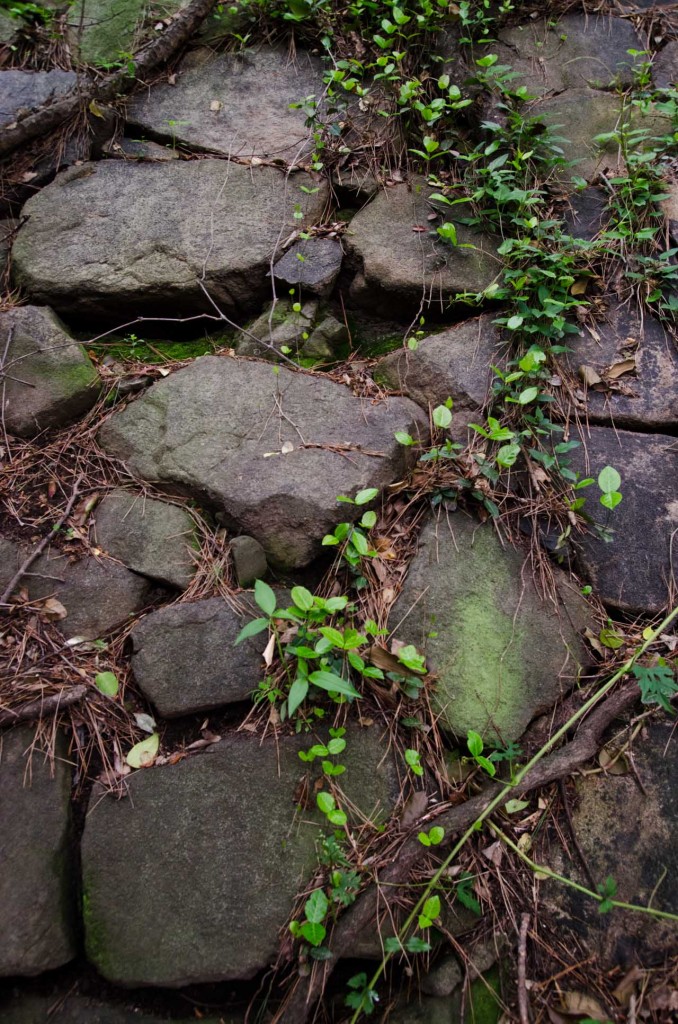
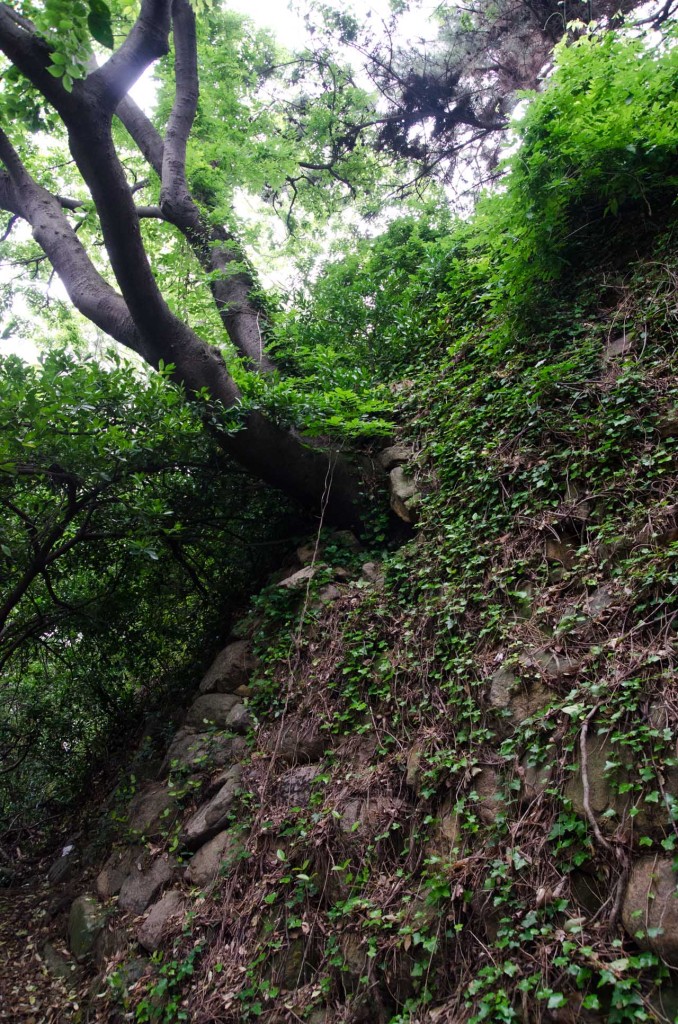
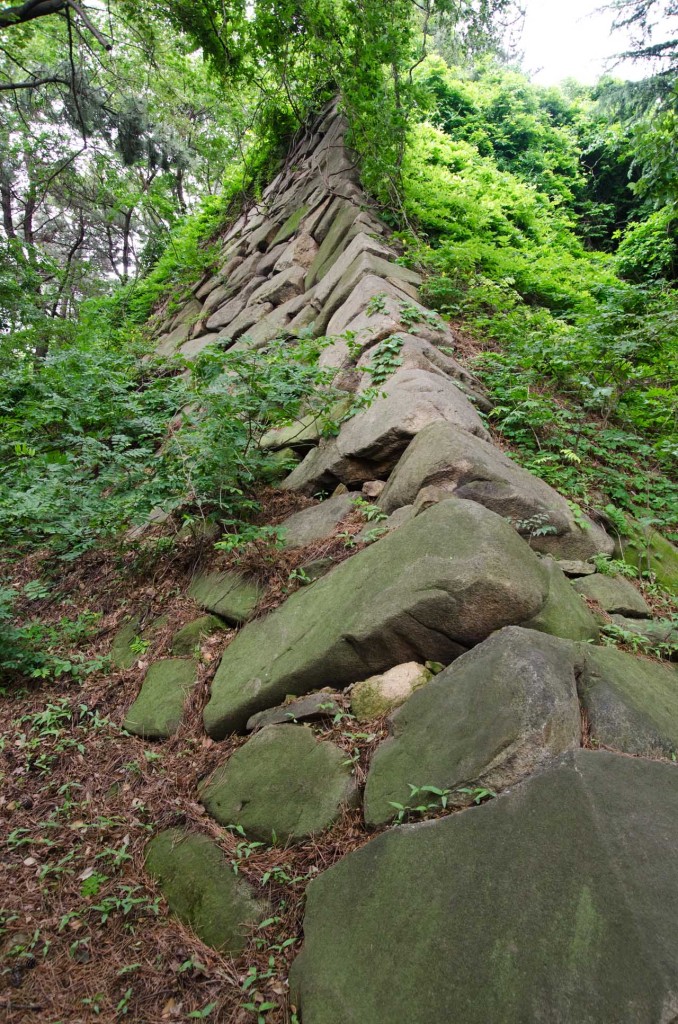
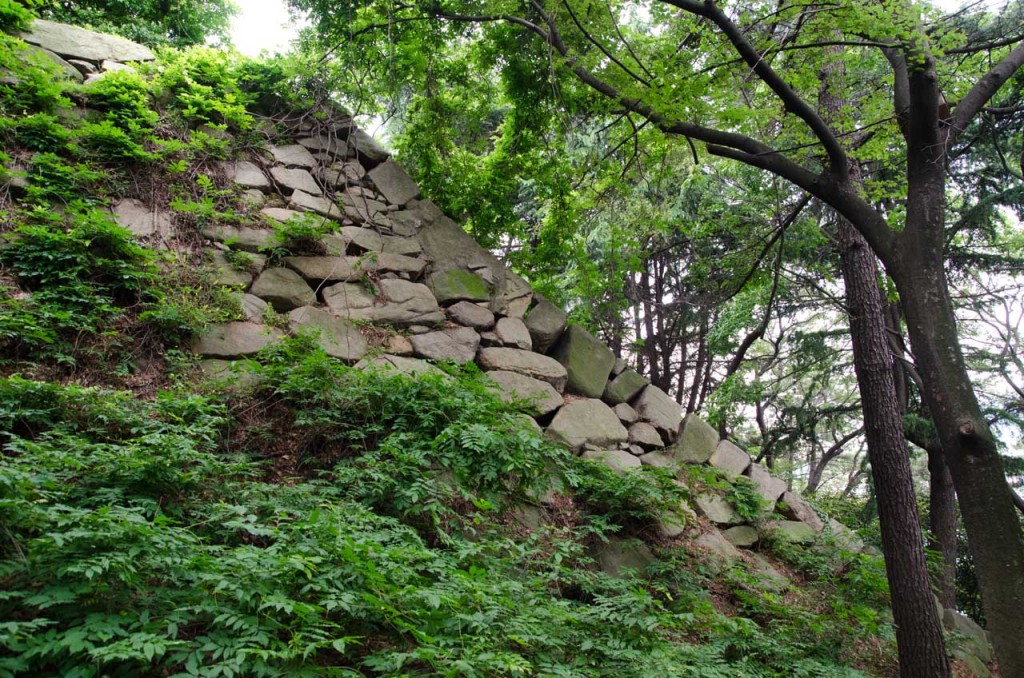
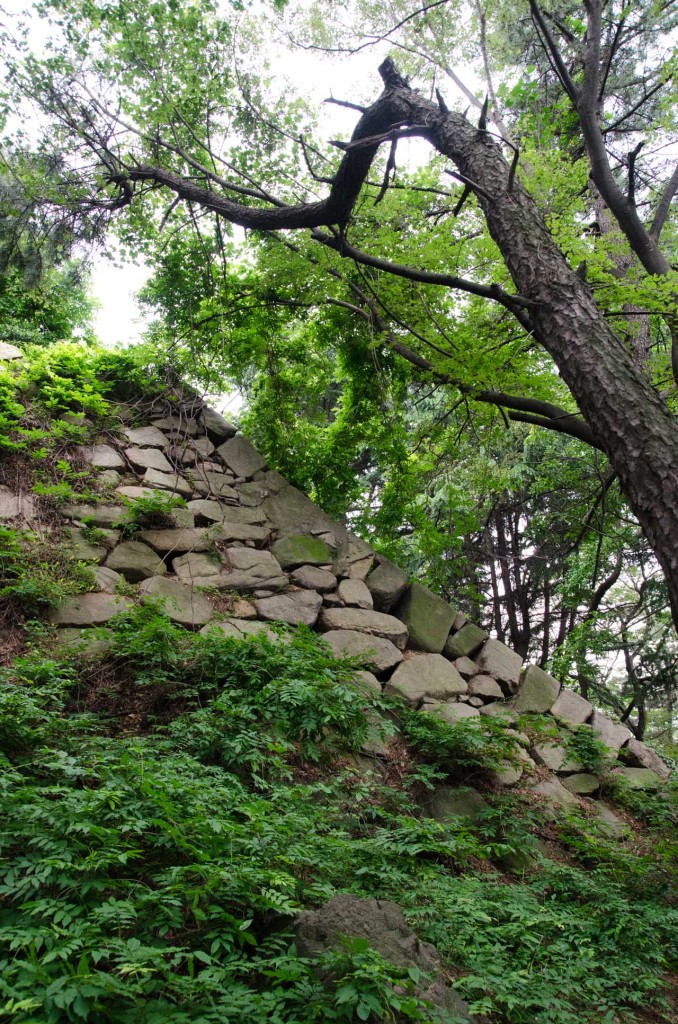 Jinjiseong at the top of the hill in the Korean style of contruction.
Jinjiseong at the top of the hill in the Korean style of contruction. 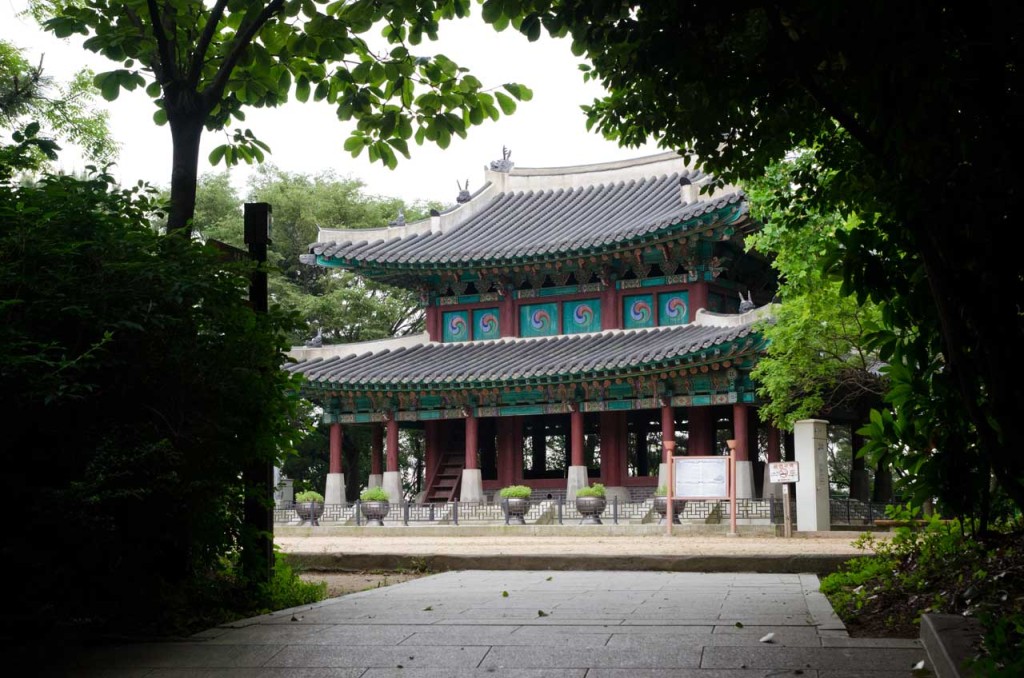
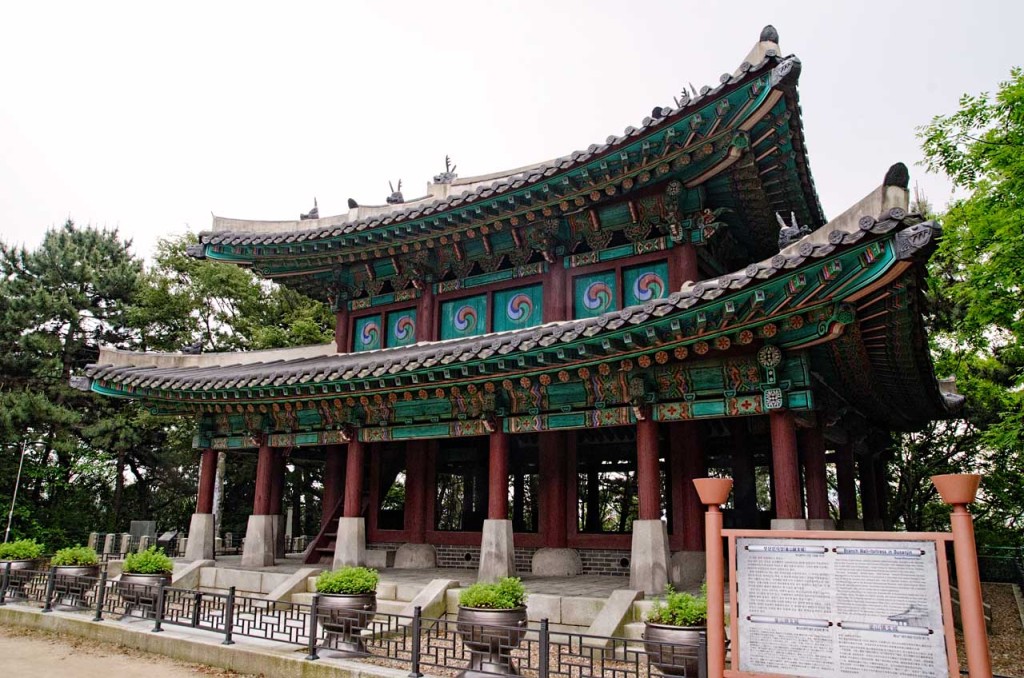
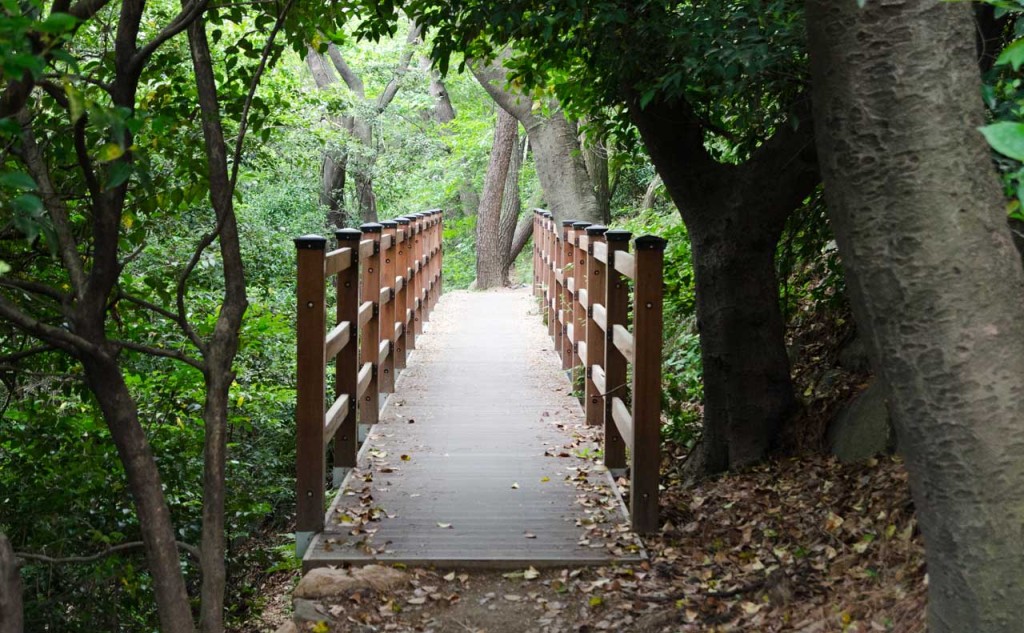
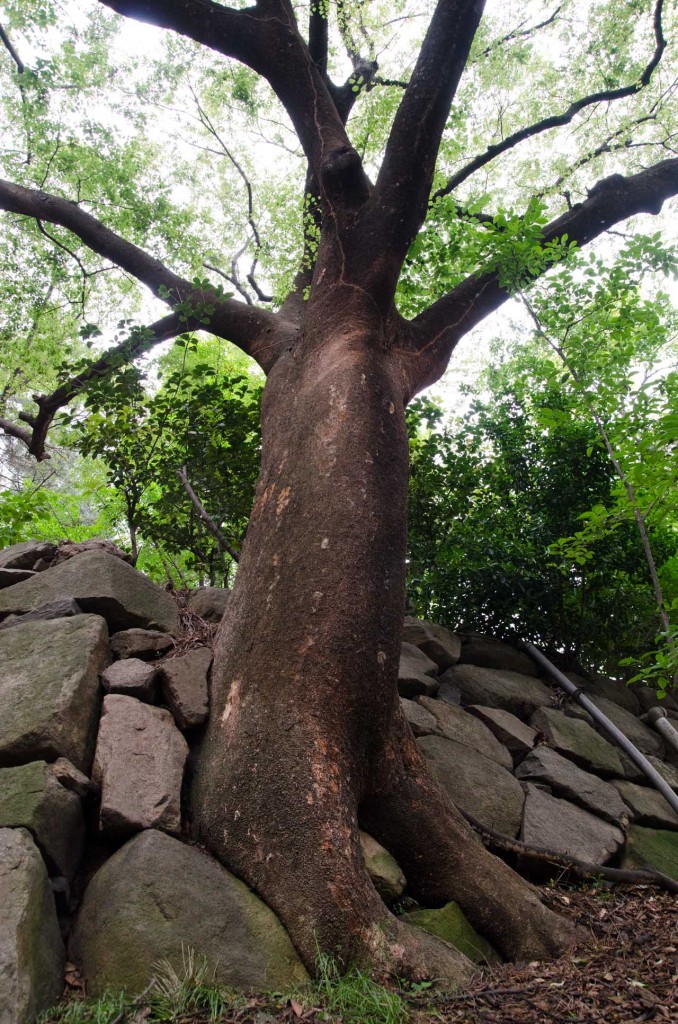
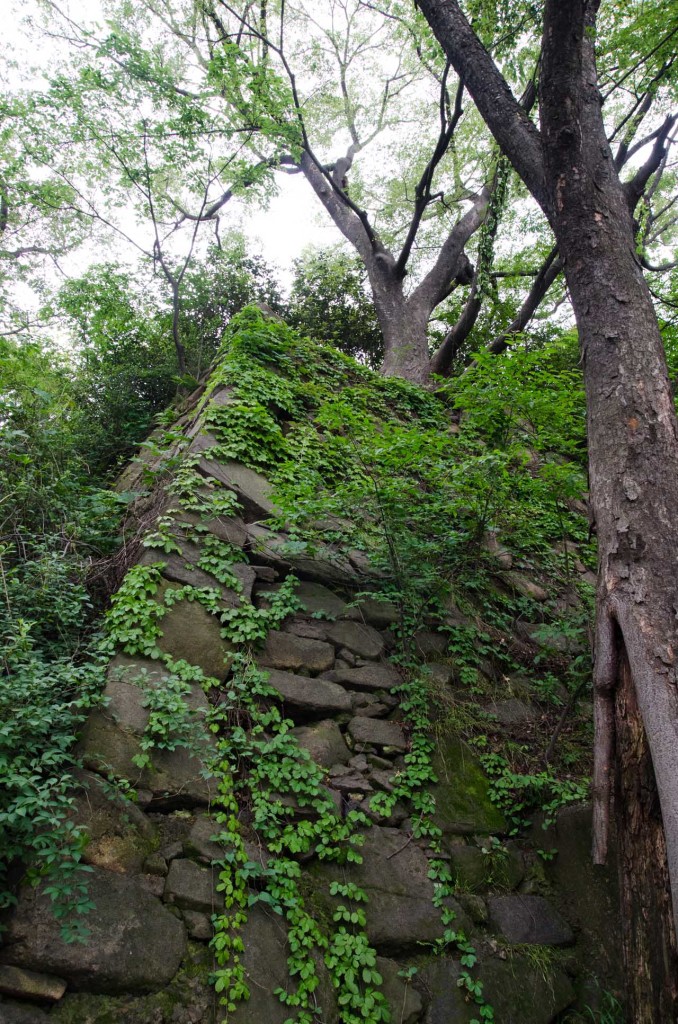
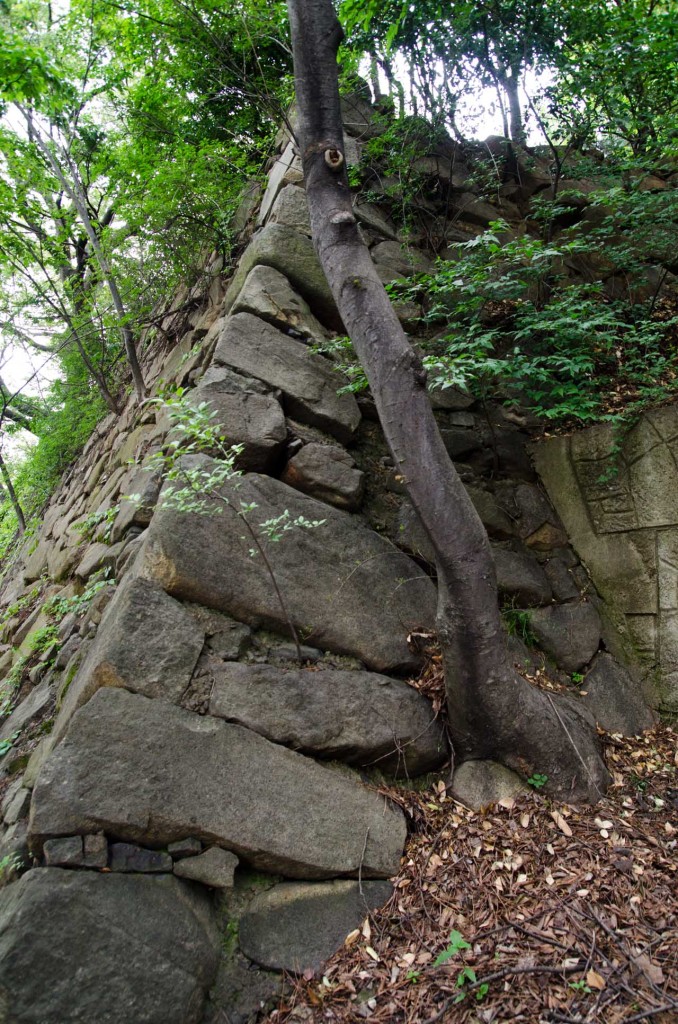
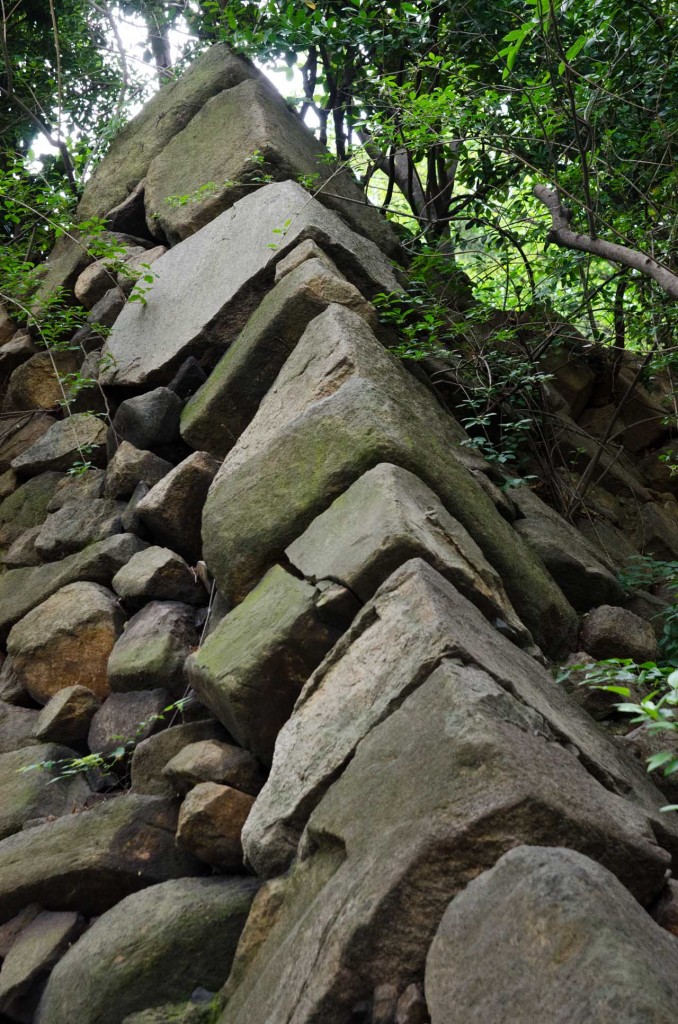
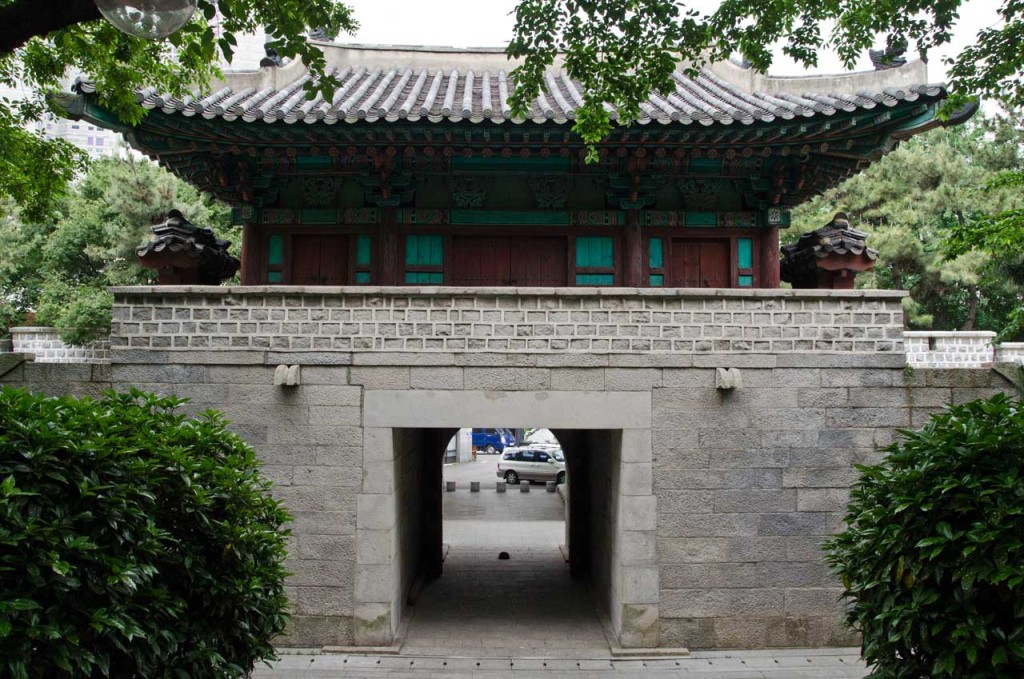 West Gate reconstruction (1974) in Korean style.
West Gate reconstruction (1974) in Korean style.
See Japanese Castles in Korea 1592-98 post.
See Fortress Cats post.
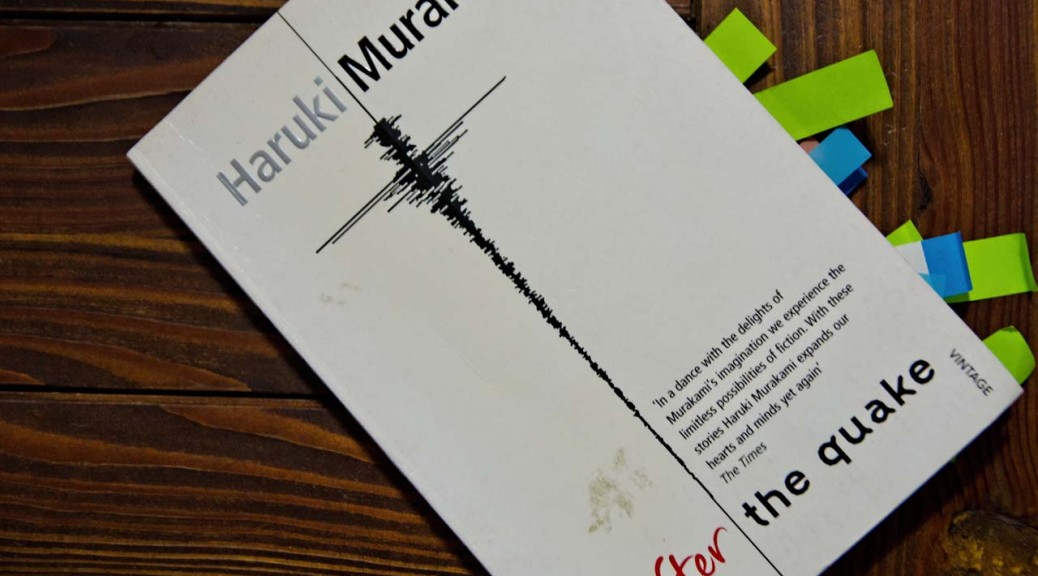
After the Quake
Murakami, Haruki. After the Quake. Trans. Jay Rubin. London: Vintage, 2007. Print.
Landscape with Flatiron
Jack London “To Build a Fire”
“She transferred from one train to the next at random until she had come all the way from Tokorozawa to this little seaside town in Ibaraki Prefecture, a town she had never even heard of.” 28-29.
All God’s Children Can Dance
following the doctor down the deserted place. 54.
“And then it struck him what lay buried far down under the earth on which his feet were so firmly planted: the ominous rumbling of the deepest darkness, secret rivers that transported desire, slimy creatures writhing, the lair of earthquakes ready to transform whole cities into mounds of rubble.” 59.
“We take it for granted that the earth beneath our feet is solid and stationary. We even talk about people being ‘down to earth’ or having their feet firmly planted on the ground. But suddenly one day we see that it isn’t true. The earth, the boulders, that are supposed to be solid, all of a sudden turn as mushy as liquid.” 68.
Thailand
“From now on, little by little, you must prepare yourself to face death. If you devote all of your future energy to living, you will not be able to die well… Living and dying are, in a sense, of equal value.” 77.
“‘What you need now more than anything is discipline. Cast off mere words. Words turn into stone.”” 78.
Super-Frog Saves Tokyo
“As Nietzsche said, the highest wisdom is to have no fear.” 90.
“As Joseph Conrad once wrote, true terror is the kind that men feel towards their imagination.” 92.
“Apparently Frog was very fond of Anna Karenina.” 94.
“But as Ernest Hemingway saw so clearly, the ultimate value of our lives is decided not by how we win but by how we lose.” 98.
“”Fyodor Dostoevsky, with unparalleled tenderness, depicted those who have been forsaken by God… the ghastly paradox whereby men who had invented God were forsaken by that very God.”
Dostoevsky White Nights (1848).
Honey Pie
John Updike‘s short stories.


